When it comes to designing your kitchen, one of the biggest decisions you'll have to make is whether to have a kitchen island or a kitchen table. Both options have their own unique benefits and drawbacks, so it's important to carefully consider your needs and preferences before making a choice. In this article, we'll explore the pros and cons of each option to help you determine which one is right for you.1. Kitchen Island vs. Kitchen Table: Which One is Right for You?
Let's start by looking at the advantages and disadvantages of having a kitchen island instead of a table. On the plus side, kitchen islands offer additional counter space, storage, and seating in one central location. This can be especially useful in smaller kitchens where space is limited. However, kitchen islands can also be quite expensive to install and may require additional plumbing or electrical work.2. The Pros and Cons of Choosing a Kitchen Island Over a Table
For those who love to entertain or have a large family, a kitchen island may be a better choice than a table. Not only does it provide ample seating, but it also allows for a more interactive dining experience. Guests can sit and chat with the cook while they prepare the meal, making it a more social and enjoyable experience. Additionally, a kitchen island can serve as a multi-functional space for food prep, cooking, and even as a home office or homework station.3. Why a Kitchen Island Might Be a Better Choice Than a Table
If you've decided that a kitchen island is the way to go, the next step is figuring out how to incorporate it into your design. The key is to make sure the island flows seamlessly with the rest of your kitchen. This can be achieved by choosing a similar color and style to your existing cabinets and countertops. It's also important to leave enough space around the island for easy movement and functionality.4. How to Incorporate a Kitchen Island Instead of a Table in Your Design
For those with smaller kitchens, incorporating a kitchen island may seem like a daunting task. However, with the right design, a kitchen island can actually help maximize space and functionality. Consider a smaller, narrow island that can double as a prep station and dining table. Or, opt for a rolling cart that can easily be moved out of the way when not in use. There are plenty of creative solutions for incorporating a kitchen island in a small space.5. Kitchen Island Ideas for Small Spaces: Making the Most of Your Layout
While traditional kitchen tables serve their purpose, there are many benefits to choosing a kitchen island instead. For one, kitchen islands offer more storage options with built-in cabinets and drawers. They also provide a larger surface area for food prep and cooking. Plus, they can serve as a stylish focal point in the kitchen, adding to the overall aesthetic of the space.6. The Benefits of Having a Kitchen Island Instead of a Traditional Table
Functionality is a key factor to consider when deciding between a kitchen island and a dining table. Kitchen islands offer more versatility and can be used for a variety of tasks beyond just dining. They also tend to have more storage options, making them a practical choice for those who need extra space. However, if you have a large family or frequently host dinner parties, a traditional dining table may be a more functional choice.7. Kitchen Island vs. Dining Table: Which One is More Functional?
A kitchen island doesn't have to be limited to just dining and food prep. There are plenty of creative ways to use this versatile piece of furniture. Use it as a breakfast bar or coffee station, add a sink for a convenient cleanup area, or install a stovetop or grill for a unique cooking experience. The possibilities are endless and can be tailored to fit your specific needs and lifestyle.8. Creative Ways to Use a Kitchen Island Instead of a Table
When it comes to choosing the right kitchen island, there are a few key factors to consider. First and foremost, think about your needs and how you plan to use the island. Do you need extra counter space for cooking? More seating for guests? Additional storage? Also, consider the size and layout of your kitchen to determine the best size and shape for your island. And lastly, don't forget about style. Make sure the island complements the rest of your kitchen and adds to the overall design aesthetic.9. How to Choose the Right Kitchen Island for Your Space and Needs
Finally, let's take a look at some design ideas for incorporating a kitchen island in your space. For a modern and sleek look, opt for a waterfall edge countertop that cascades down the sides of the island. Or, incorporate a contrasting color or material for a statement piece. You can also add a pop of color with a bold and vibrant island, or keep it classic with a neutral color scheme. Whatever your style may be, a kitchen island can add both functionality and style to your kitchen.10. Kitchen Island Design Ideas for a Modern and Functional Space
The Benefits of Choosing a Kitchen Island over a Traditional Table for Your House Design
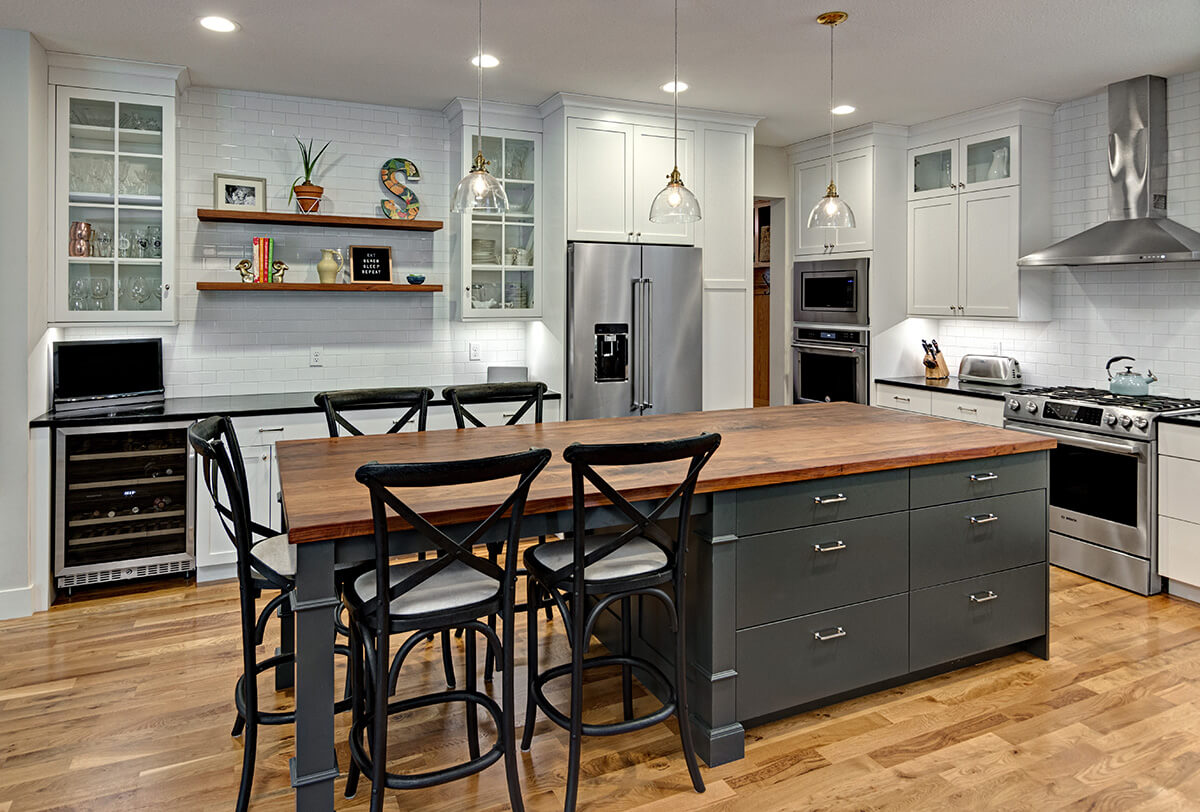
Why a Kitchen Island Makes a Better Choice
 When it comes to designing your dream kitchen, one of the biggest decisions you'll have to make is choosing between a traditional dining table and a kitchen island. While both options have their pros and cons, more and more homeowners are opting for a kitchen island as a central feature in their kitchen. Not only does it add a modern and stylish touch to your home, but there are also several practical benefits that make it a better choice over a traditional table.
Maximizes Space and Functionality
One of the main reasons why a kitchen island is a better option for your house design is its ability to maximize space and functionality. In smaller homes or apartments, a traditional dining table can take up a significant amount of space, making the kitchen feel cramped and cluttered. With a kitchen island, you can have both a dining area and additional storage and workspace in one compact and versatile feature. This is especially useful for open-concept living spaces, where the kitchen is integrated into the living and dining area.
Creates a Central Gathering Point
Another advantage of a kitchen island is its ability to serve as a central gathering point for family and friends. Unlike a traditional table, a kitchen island allows for a more interactive and casual dining experience. It encourages people to gather around and chat while cooking or prepping meals, making it the perfect spot for hosting dinner parties or casual get-togethers. It also provides additional seating options, from bar stools to built-in benches, allowing for more people to comfortably dine together.
Offers Versatility in Design
When it comes to design, a kitchen island offers more versatility than a traditional table. With a variety of styles, materials, and finishes to choose from, you can customize your kitchen island to match your personal taste and home decor. You can opt for a sleek and modern look with a marble or quartz countertop, or go for a rustic feel with a wooden base. You can also add unique features such as a built-in sink, cooktop, or wine fridge, making your kitchen island not just a dining area, but also a functional and stylish statement piece.
Conclusion
In conclusion, while a traditional table may have its charm and appeal, a kitchen island offers numerous benefits that make it a better choice for your house design. From maximizing space and functionality to creating a central gathering point and offering versatility in design, a kitchen island is a valuable addition to any modern home. So, if you're in the process of designing your dream kitchen, consider opting for a kitchen island rather than a traditional table for a more functional and stylish space.
When it comes to designing your dream kitchen, one of the biggest decisions you'll have to make is choosing between a traditional dining table and a kitchen island. While both options have their pros and cons, more and more homeowners are opting for a kitchen island as a central feature in their kitchen. Not only does it add a modern and stylish touch to your home, but there are also several practical benefits that make it a better choice over a traditional table.
Maximizes Space and Functionality
One of the main reasons why a kitchen island is a better option for your house design is its ability to maximize space and functionality. In smaller homes or apartments, a traditional dining table can take up a significant amount of space, making the kitchen feel cramped and cluttered. With a kitchen island, you can have both a dining area and additional storage and workspace in one compact and versatile feature. This is especially useful for open-concept living spaces, where the kitchen is integrated into the living and dining area.
Creates a Central Gathering Point
Another advantage of a kitchen island is its ability to serve as a central gathering point for family and friends. Unlike a traditional table, a kitchen island allows for a more interactive and casual dining experience. It encourages people to gather around and chat while cooking or prepping meals, making it the perfect spot for hosting dinner parties or casual get-togethers. It also provides additional seating options, from bar stools to built-in benches, allowing for more people to comfortably dine together.
Offers Versatility in Design
When it comes to design, a kitchen island offers more versatility than a traditional table. With a variety of styles, materials, and finishes to choose from, you can customize your kitchen island to match your personal taste and home decor. You can opt for a sleek and modern look with a marble or quartz countertop, or go for a rustic feel with a wooden base. You can also add unique features such as a built-in sink, cooktop, or wine fridge, making your kitchen island not just a dining area, but also a functional and stylish statement piece.
Conclusion
In conclusion, while a traditional table may have its charm and appeal, a kitchen island offers numerous benefits that make it a better choice for your house design. From maximizing space and functionality to creating a central gathering point and offering versatility in design, a kitchen island is a valuable addition to any modern home. So, if you're in the process of designing your dream kitchen, consider opting for a kitchen island rather than a traditional table for a more functional and stylish space.
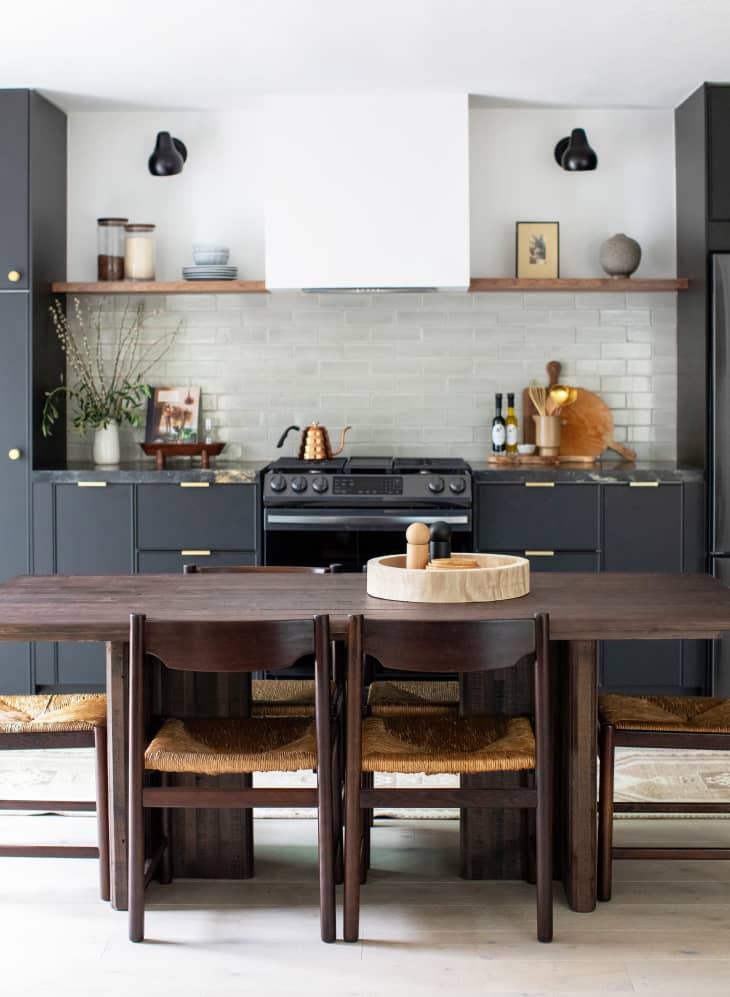


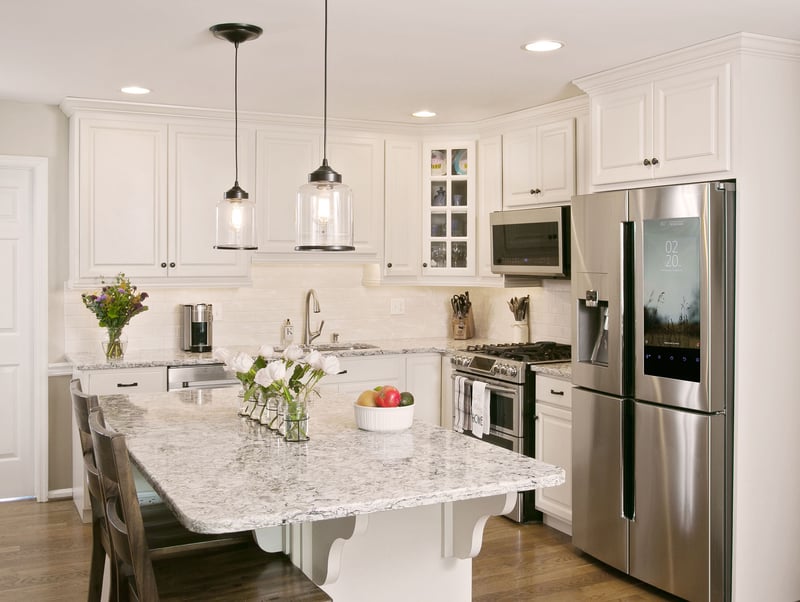
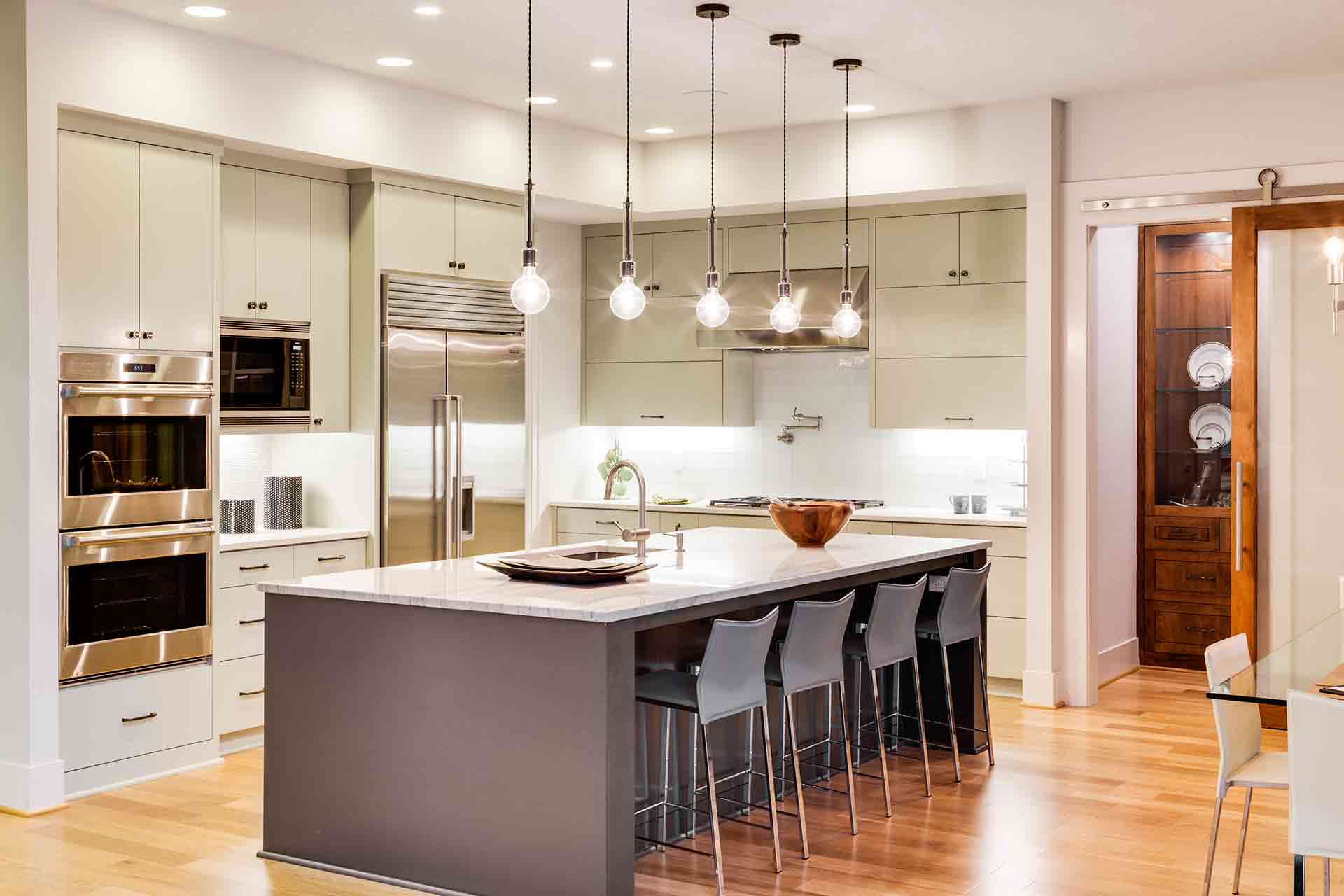

:max_bytes(150000):strip_icc()/farmhouse-style-kitchen-island-7d12569a-85b15b41747441bb8ac9429cbac8bb6b.jpg)




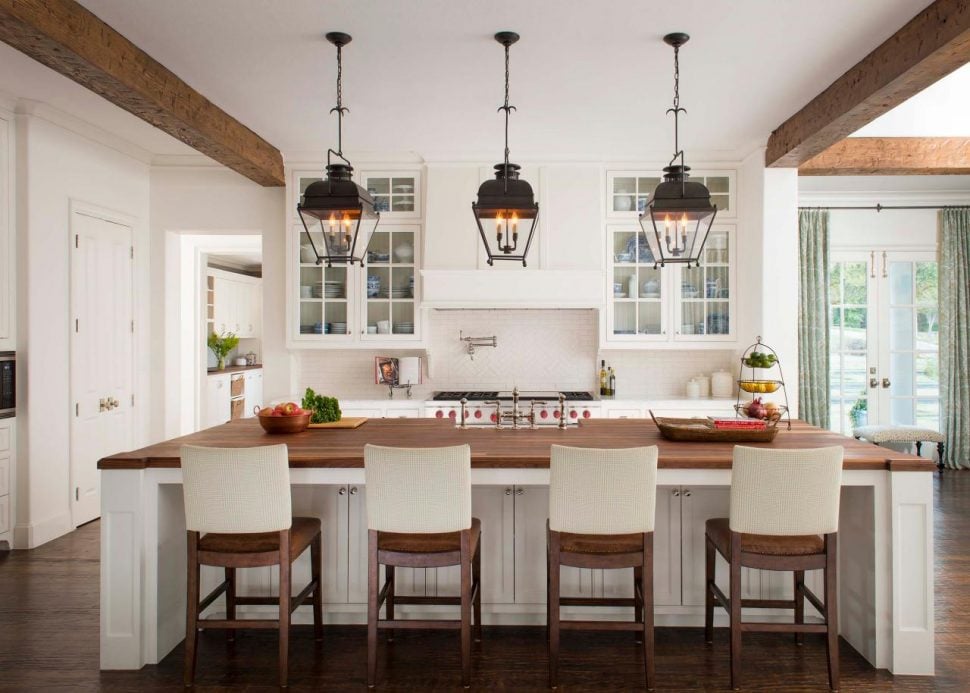
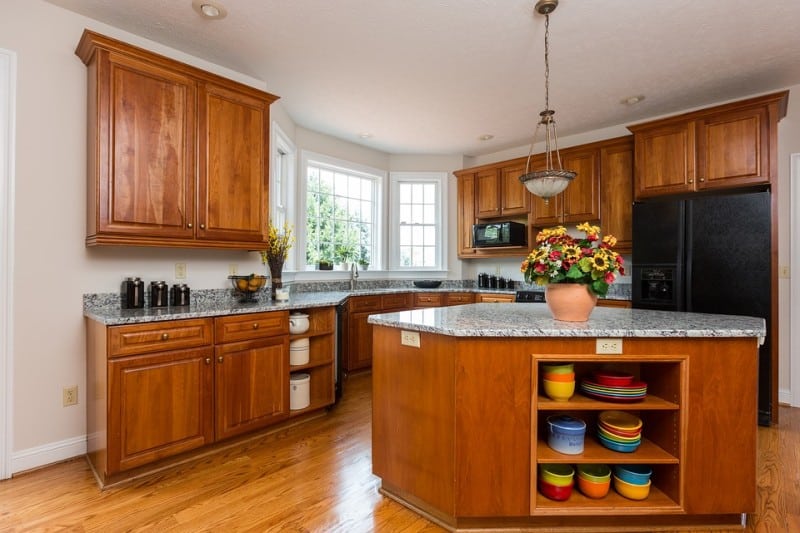

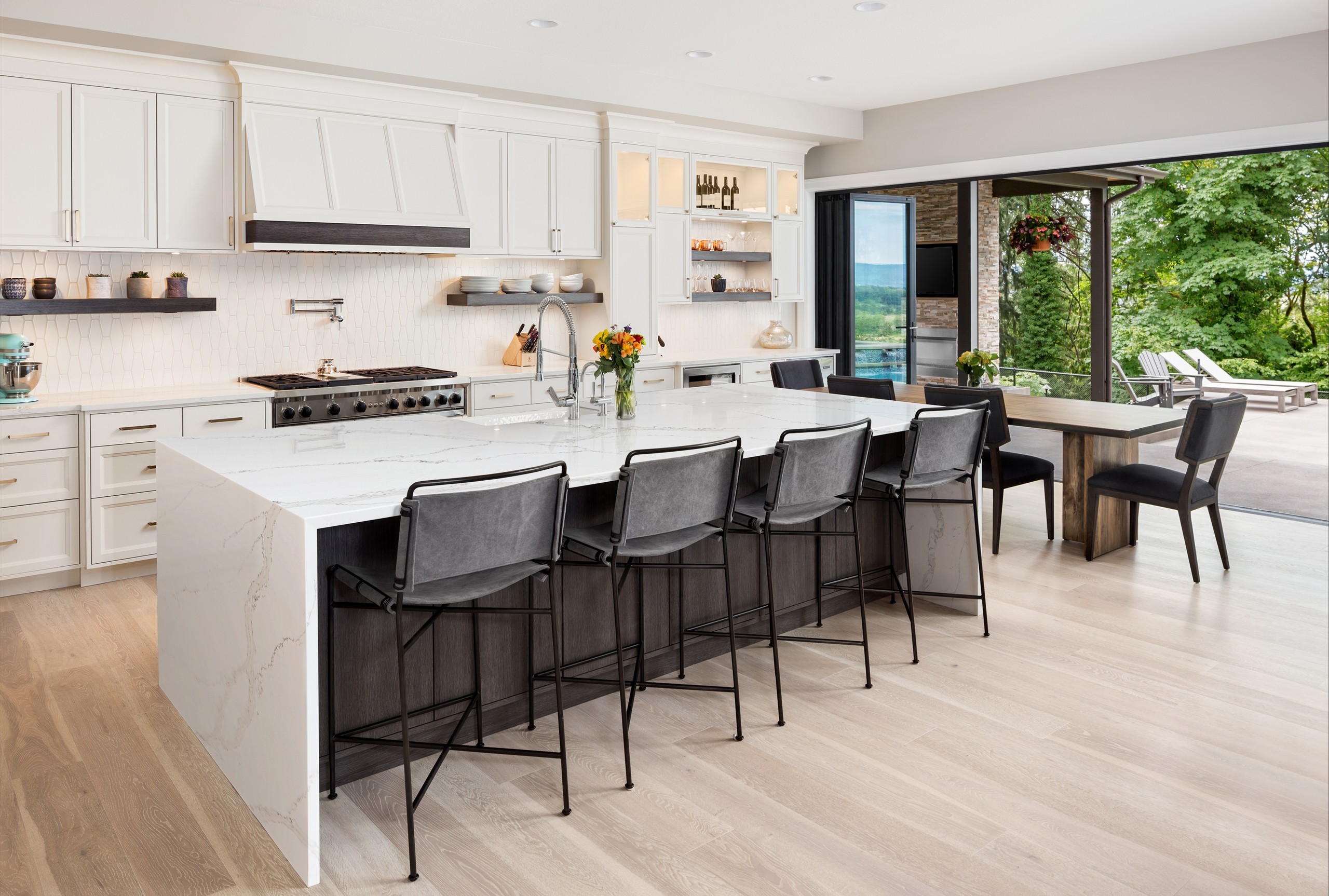
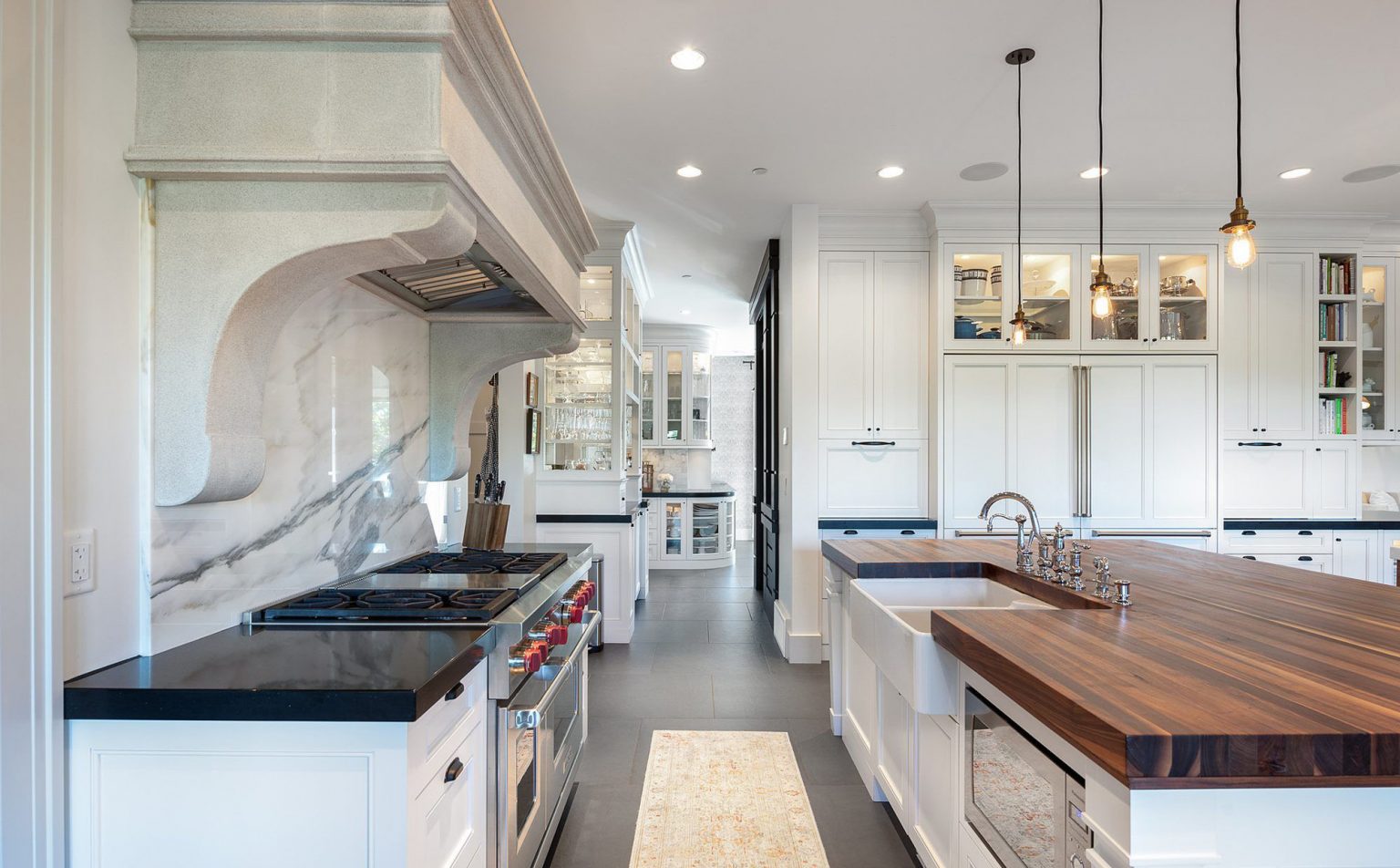
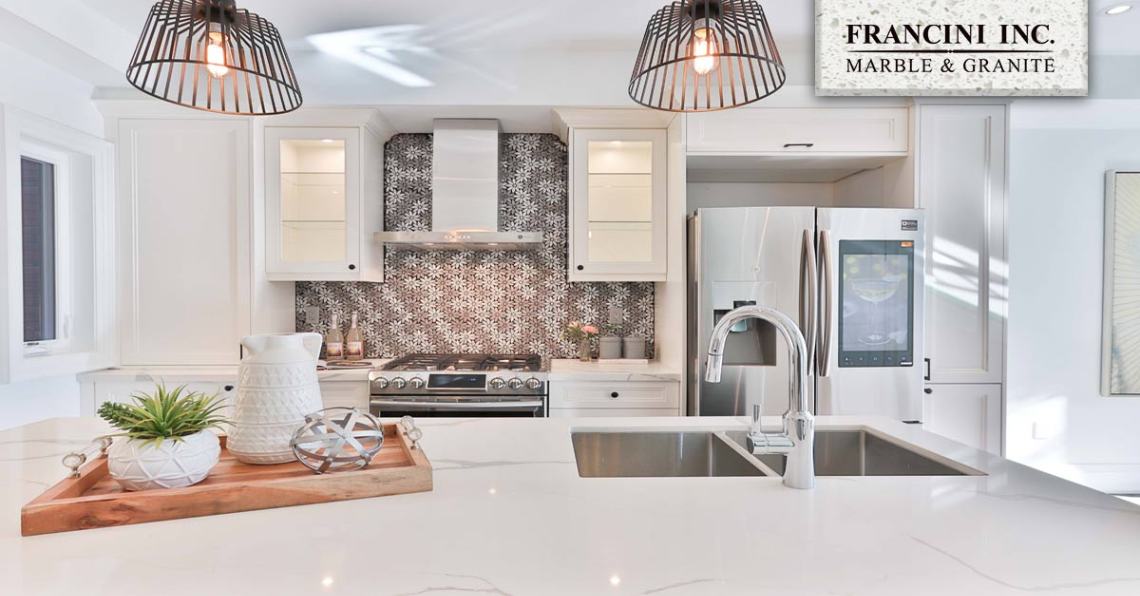
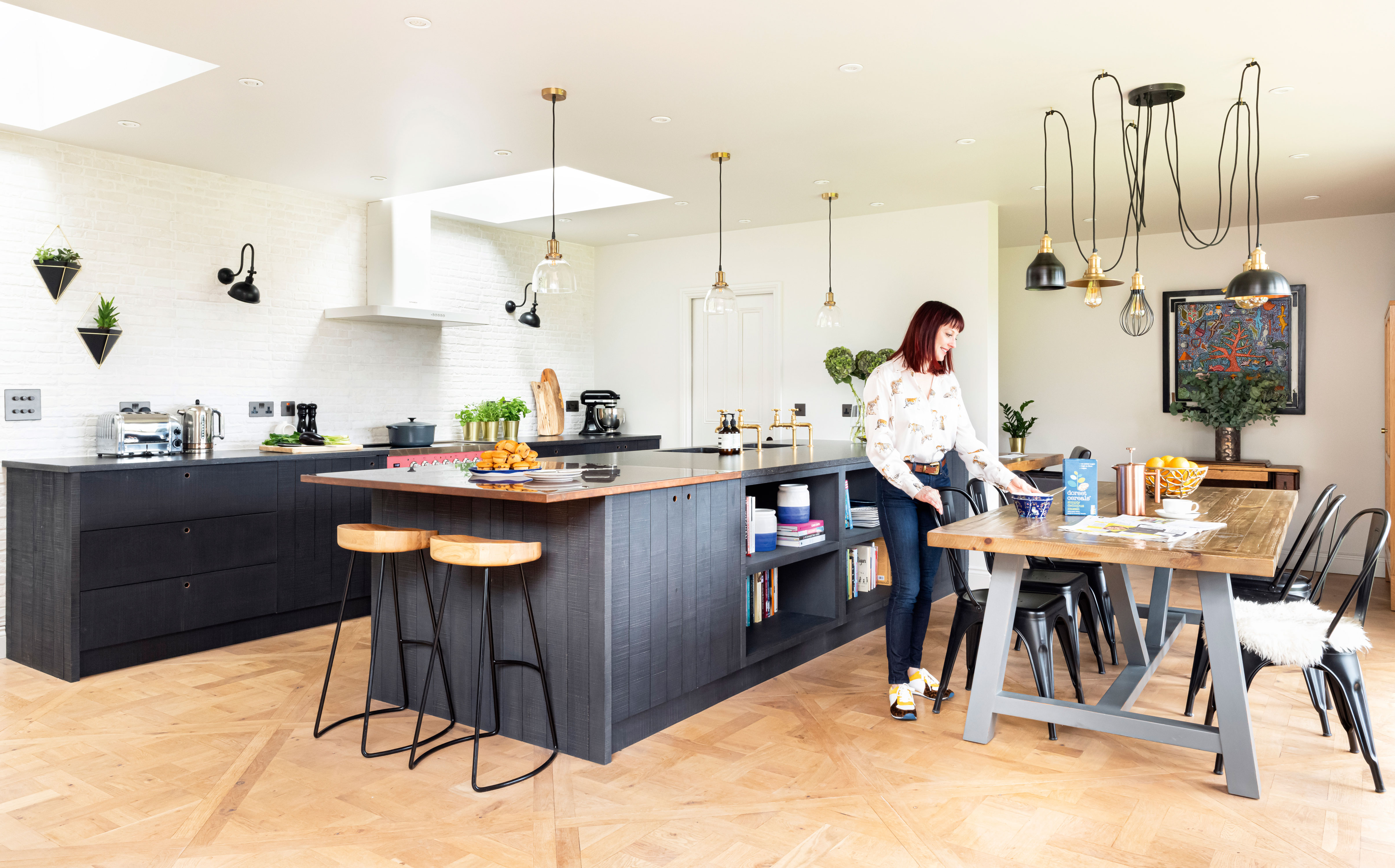
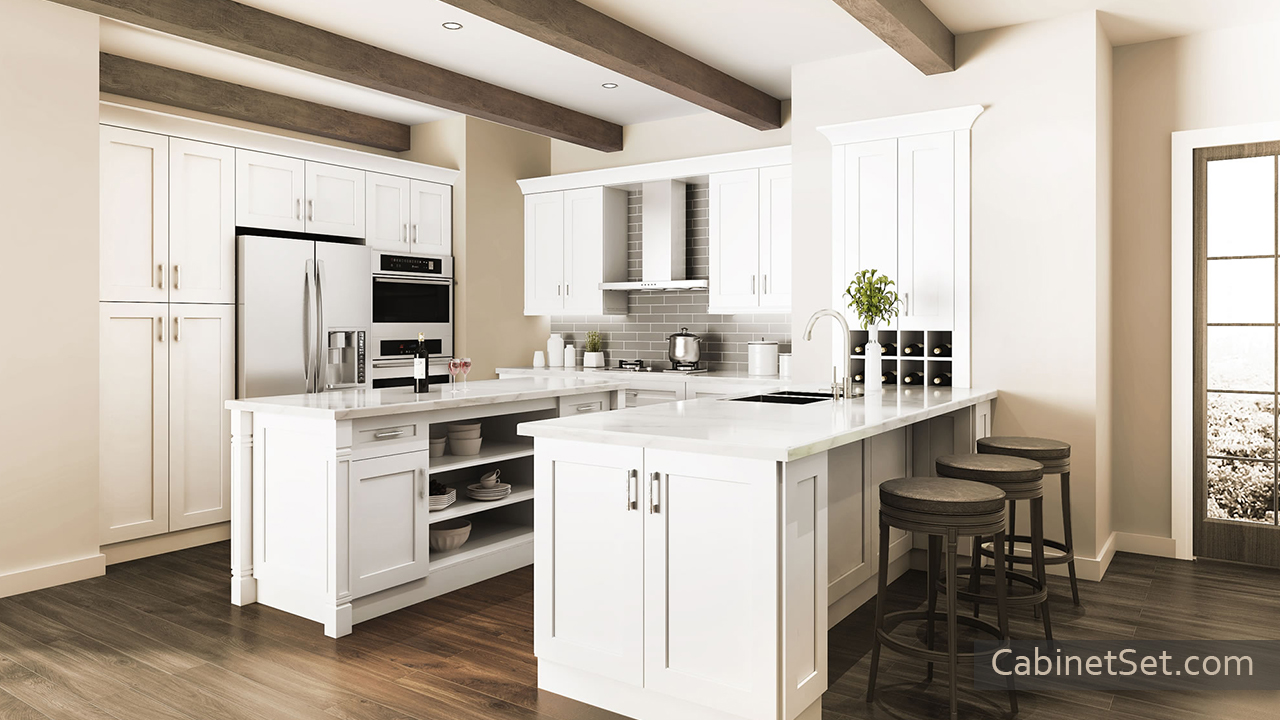




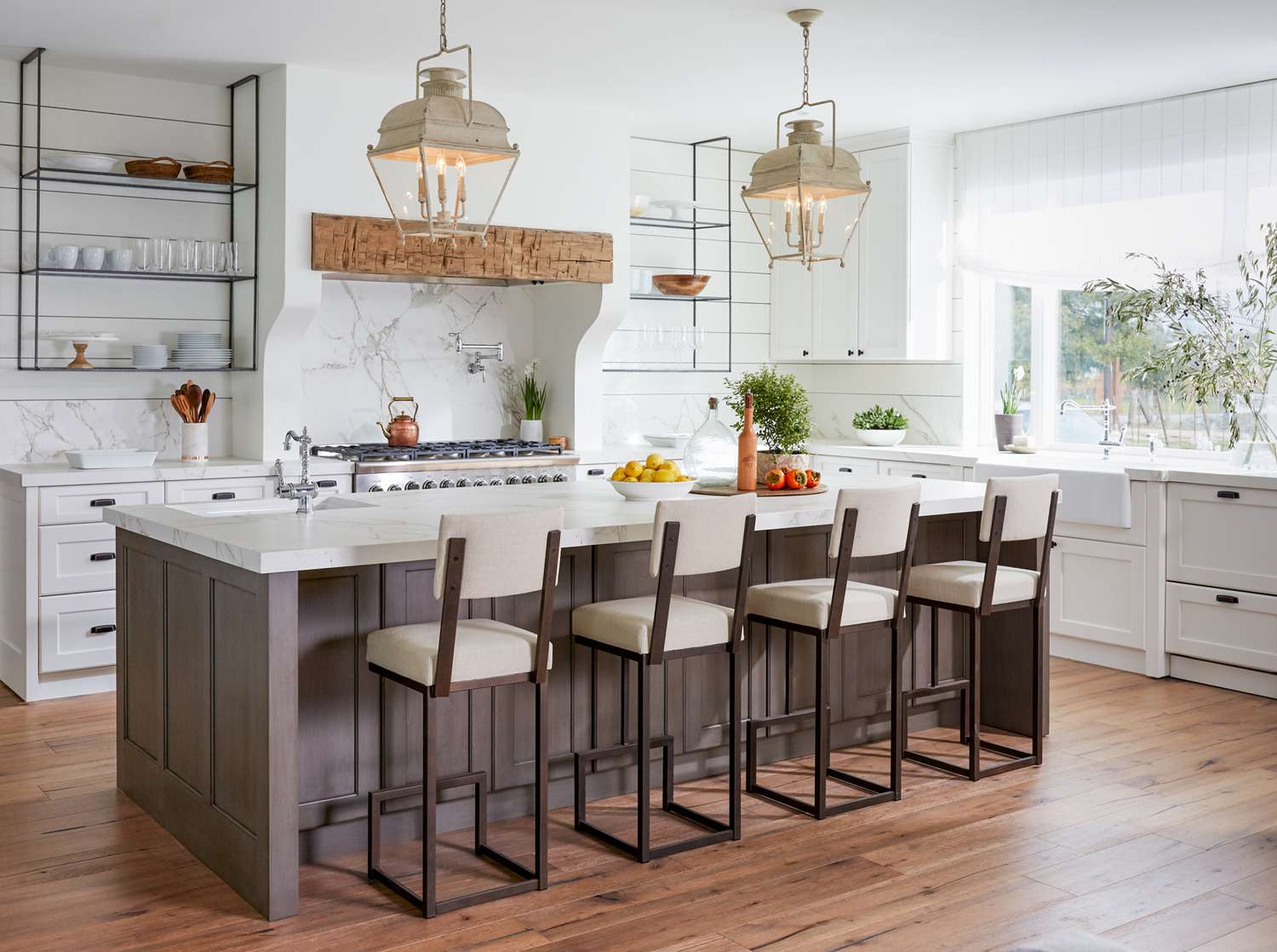

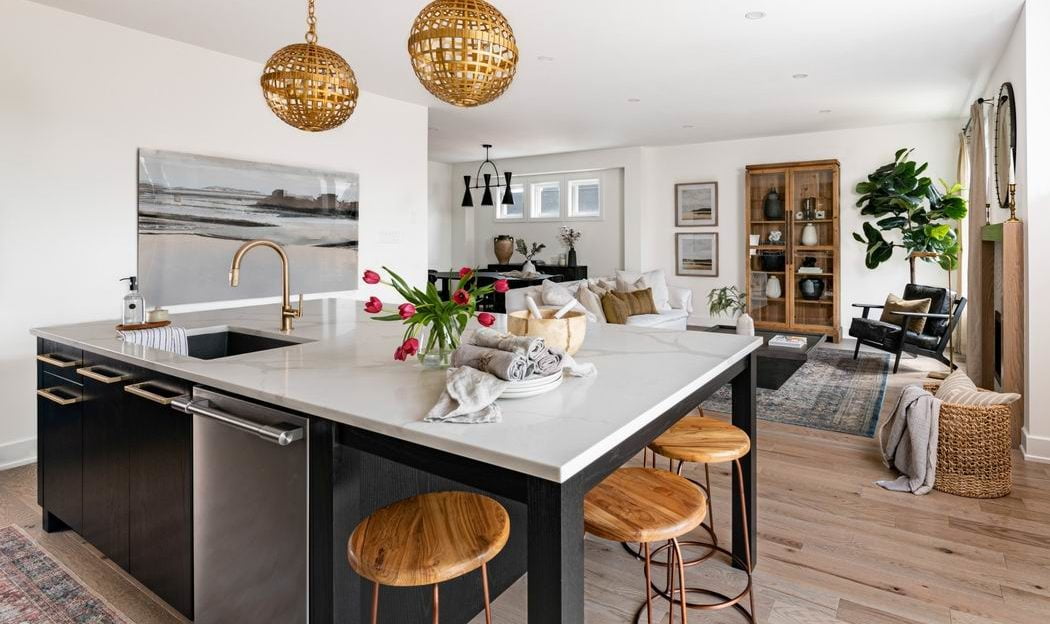
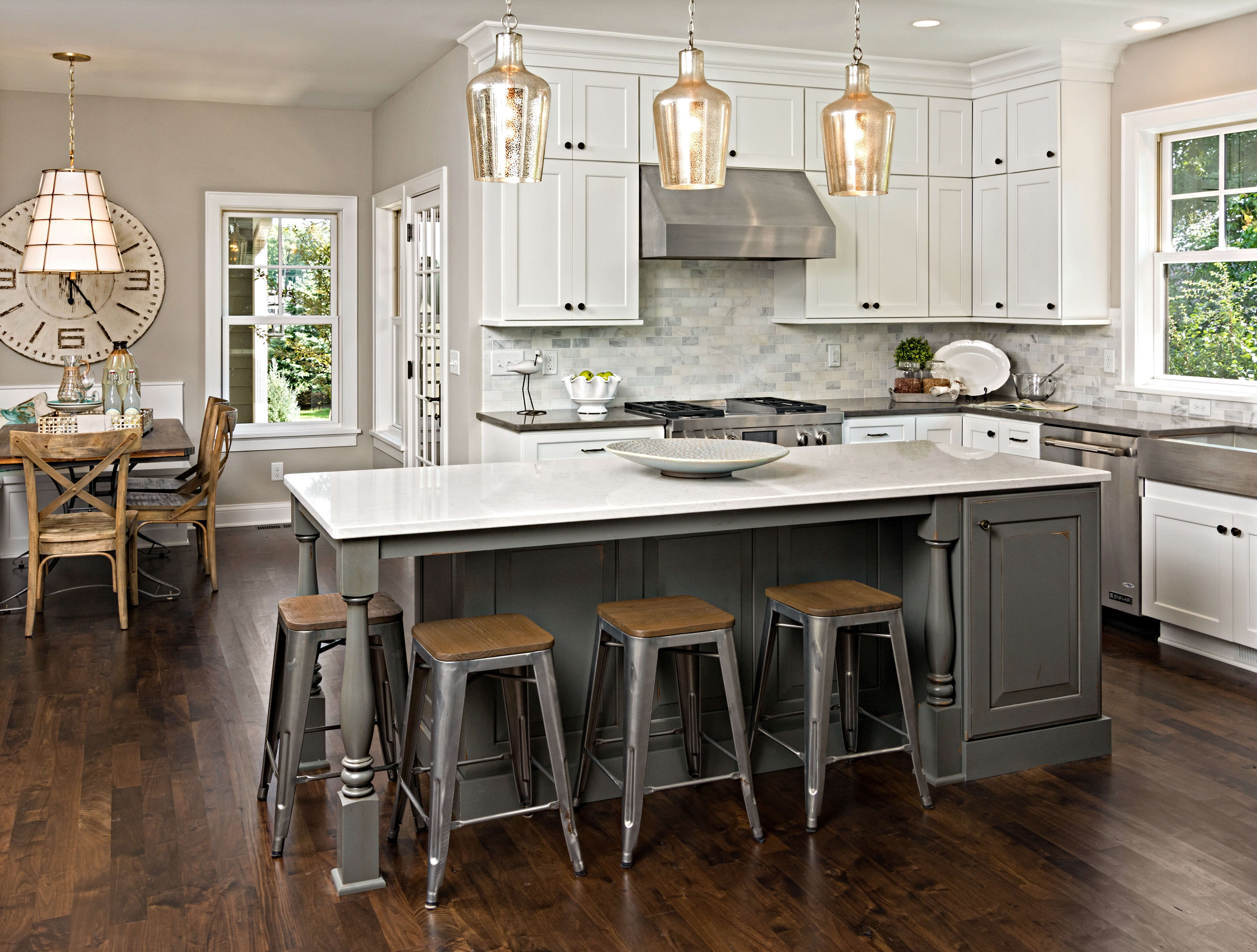
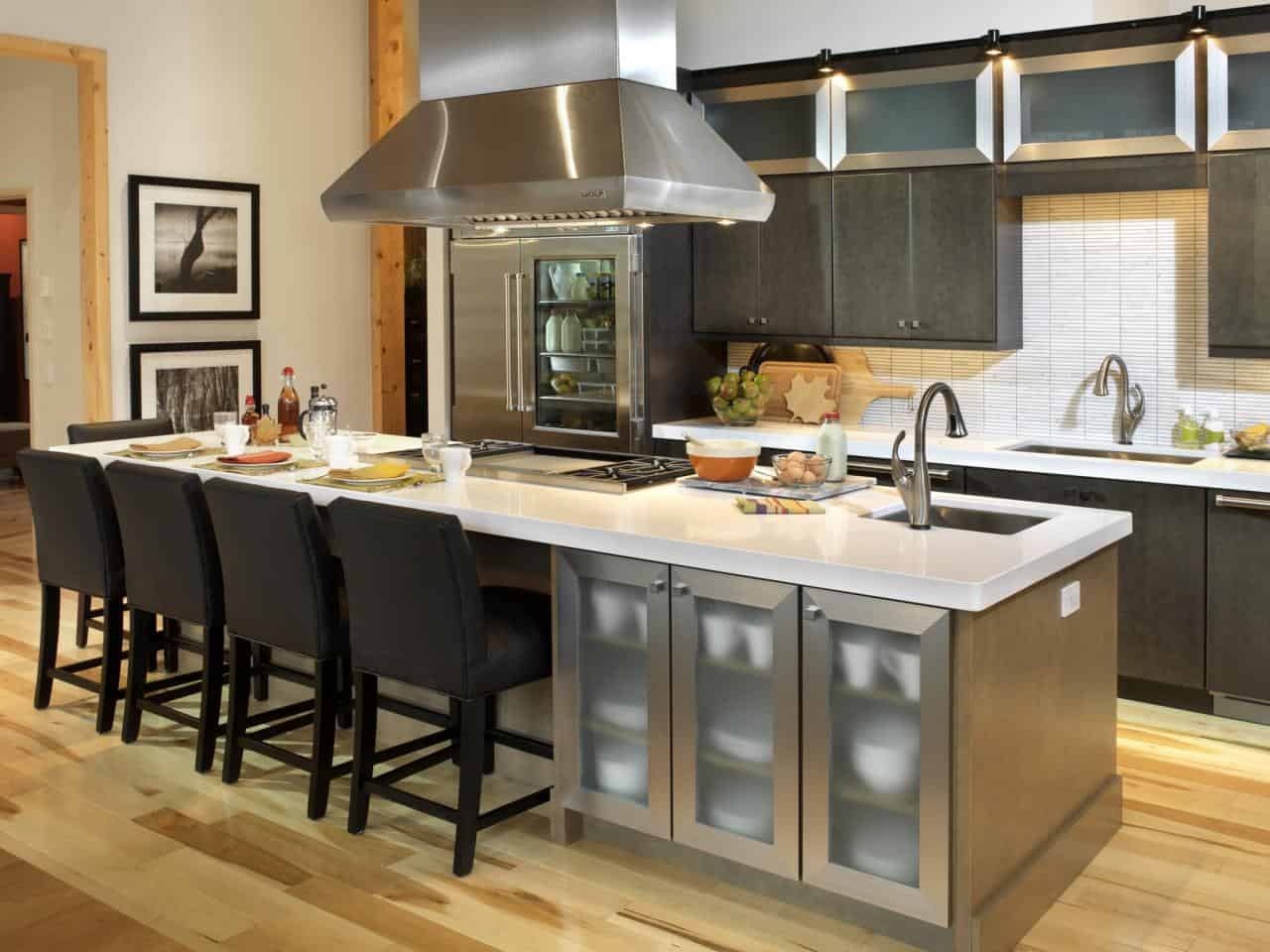
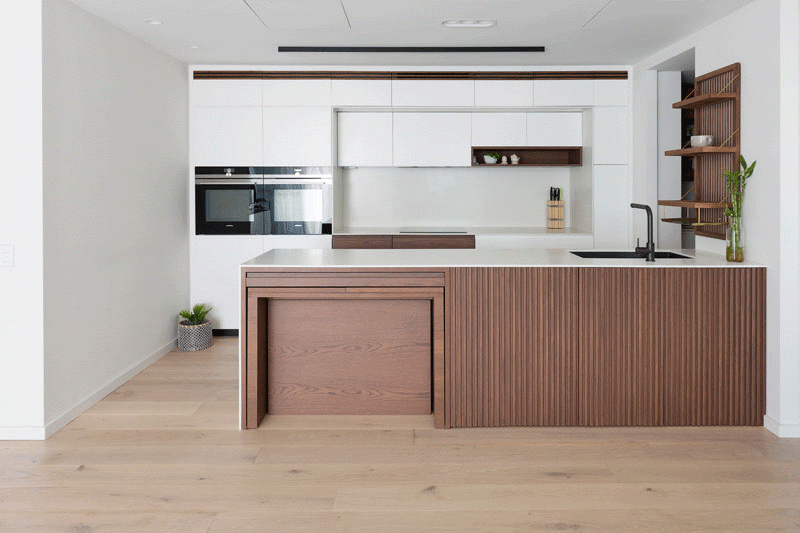

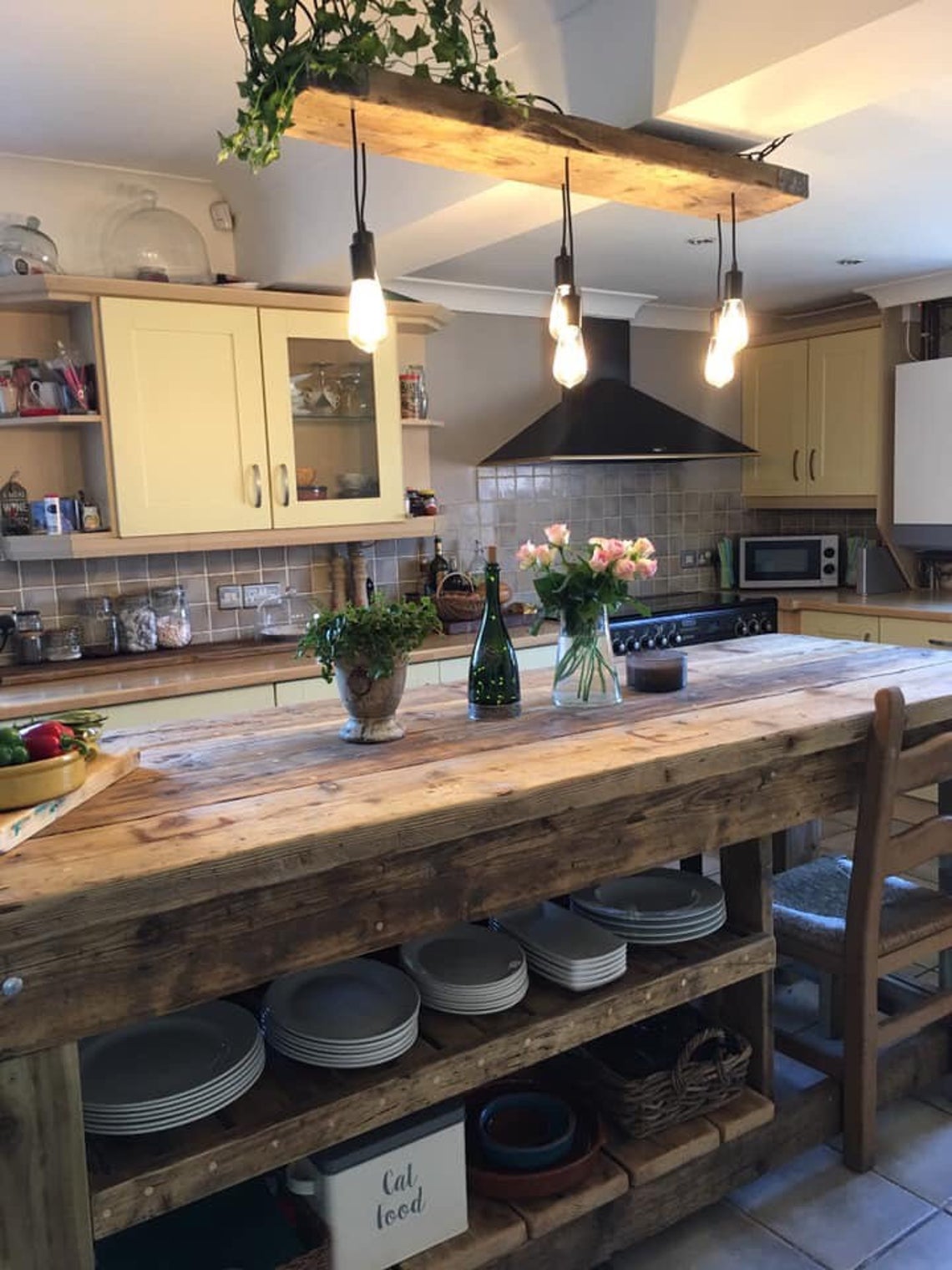




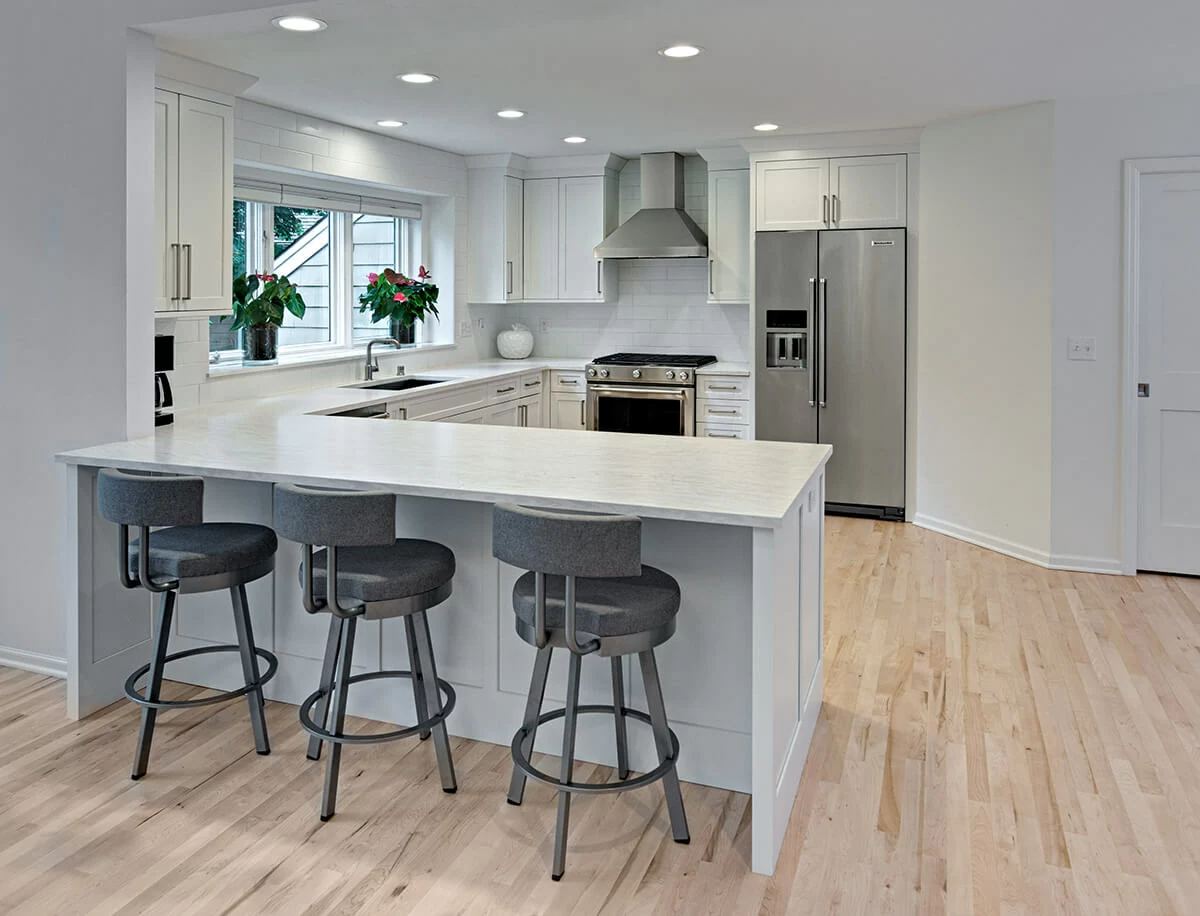

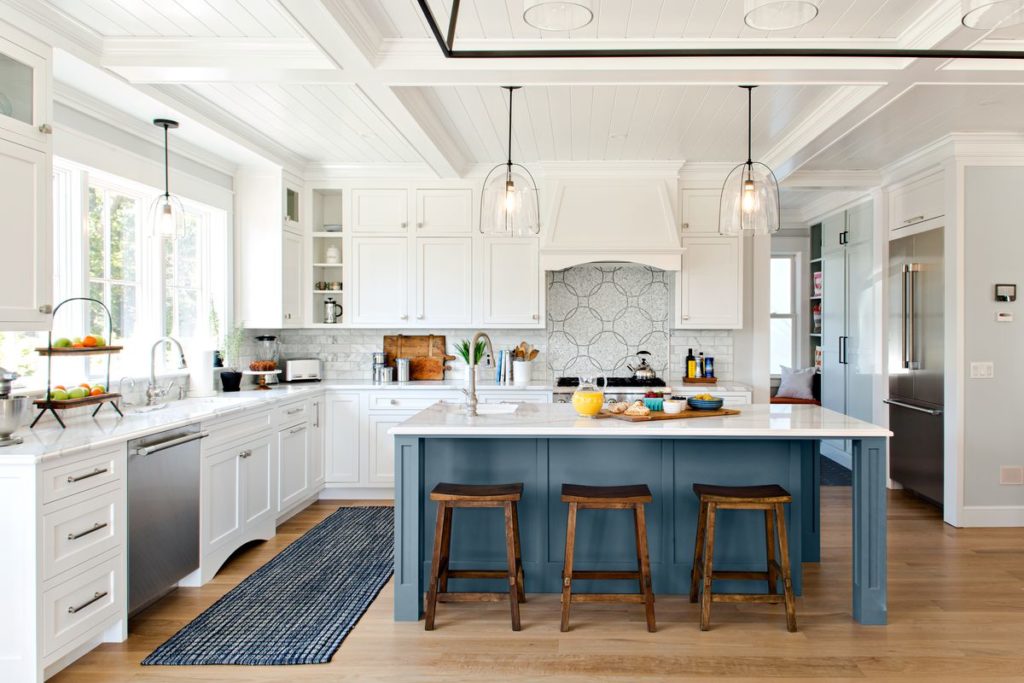

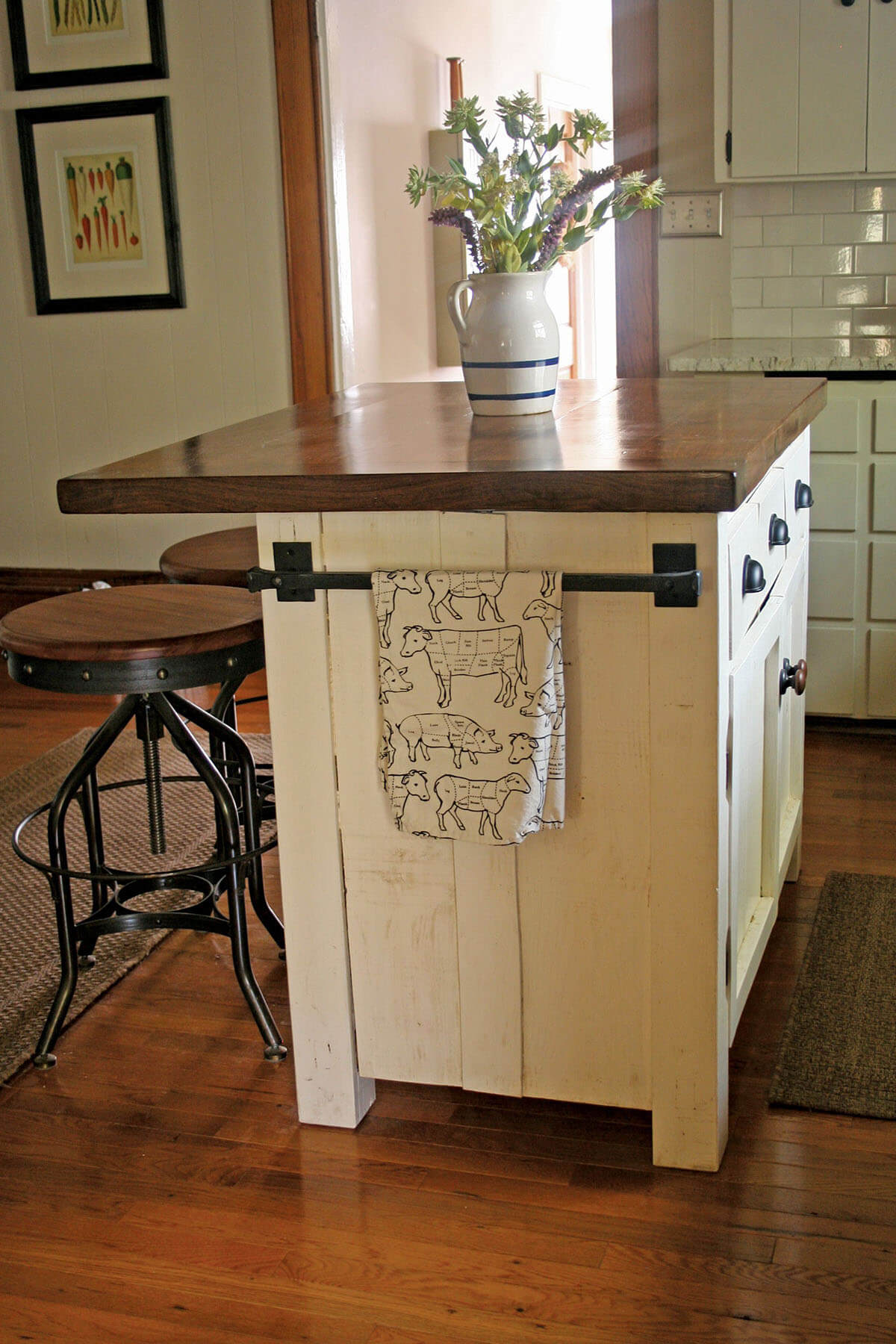

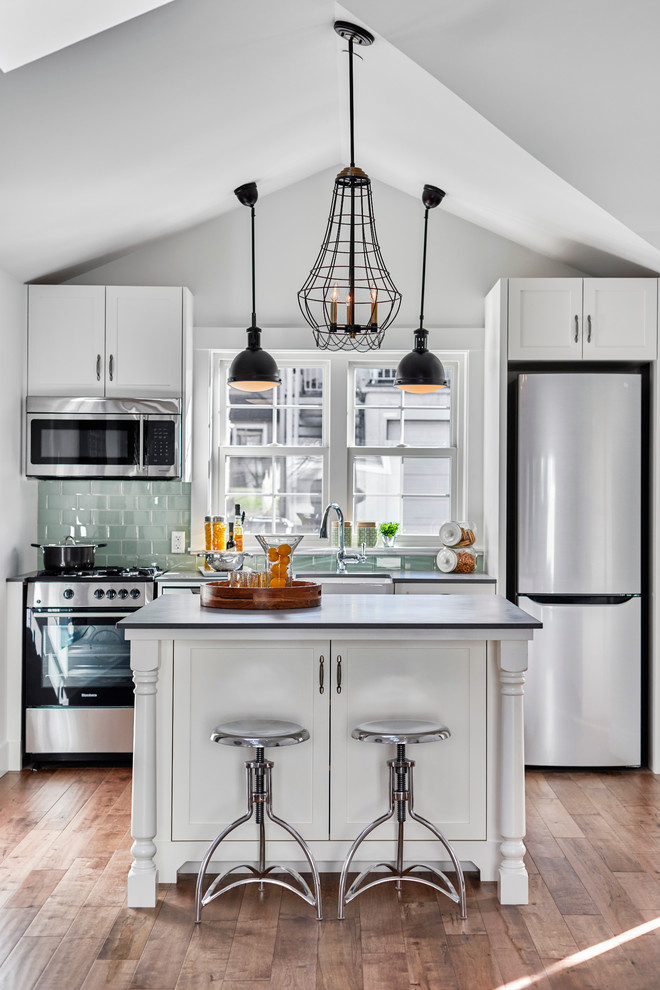
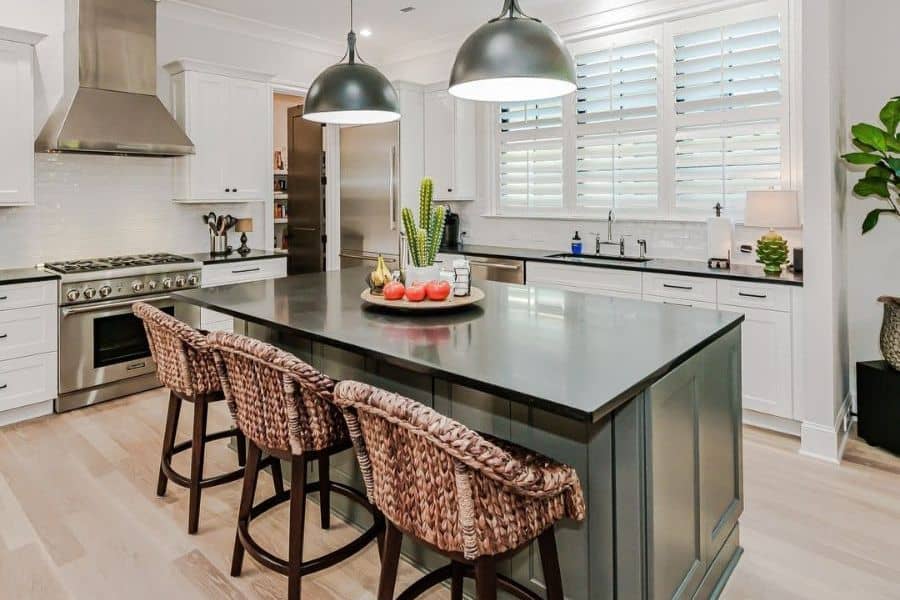
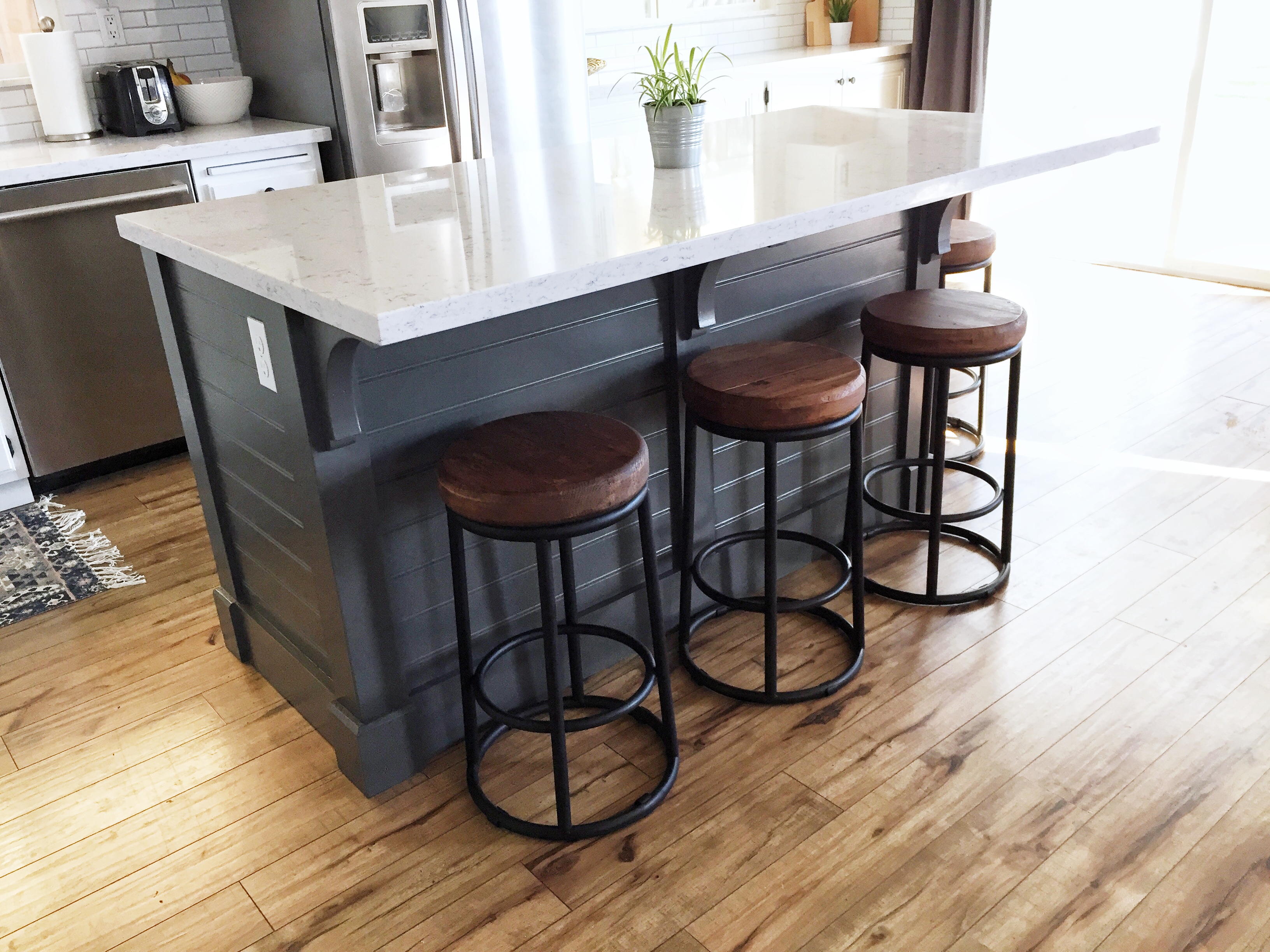

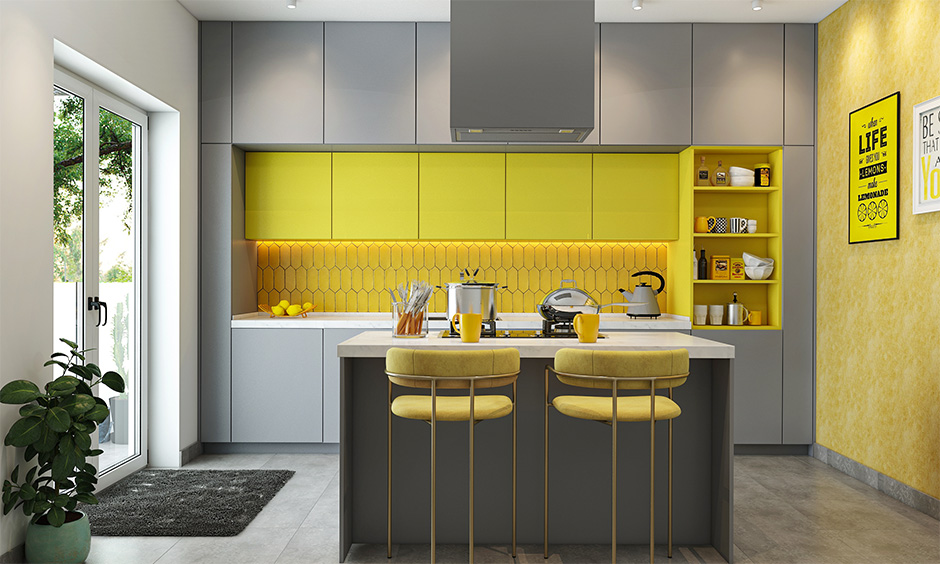
:max_bytes(150000):strip_icc()/DesignWorks-0de9c744887641aea39f0a5f31a47dce.jpg)


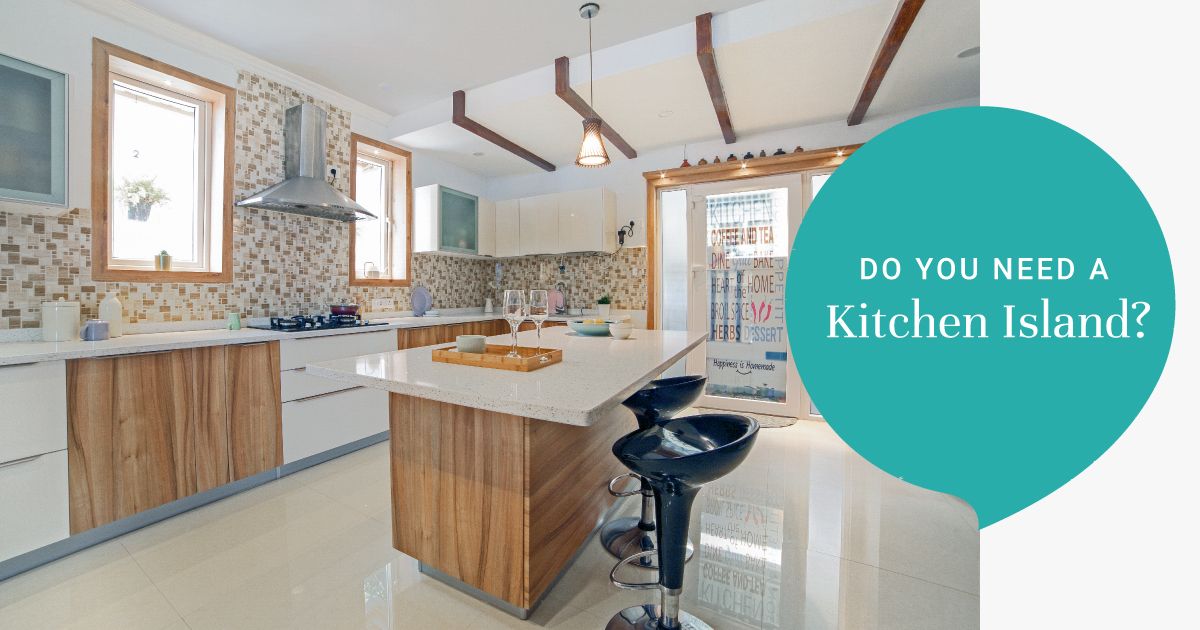



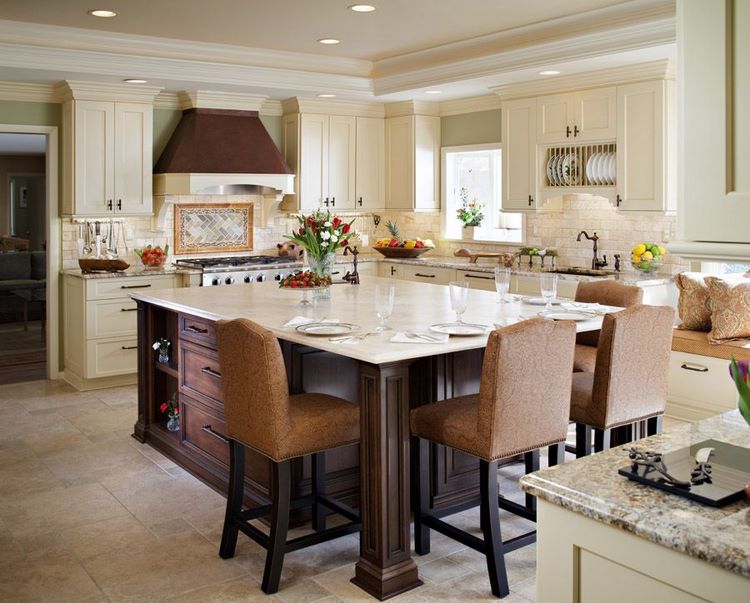





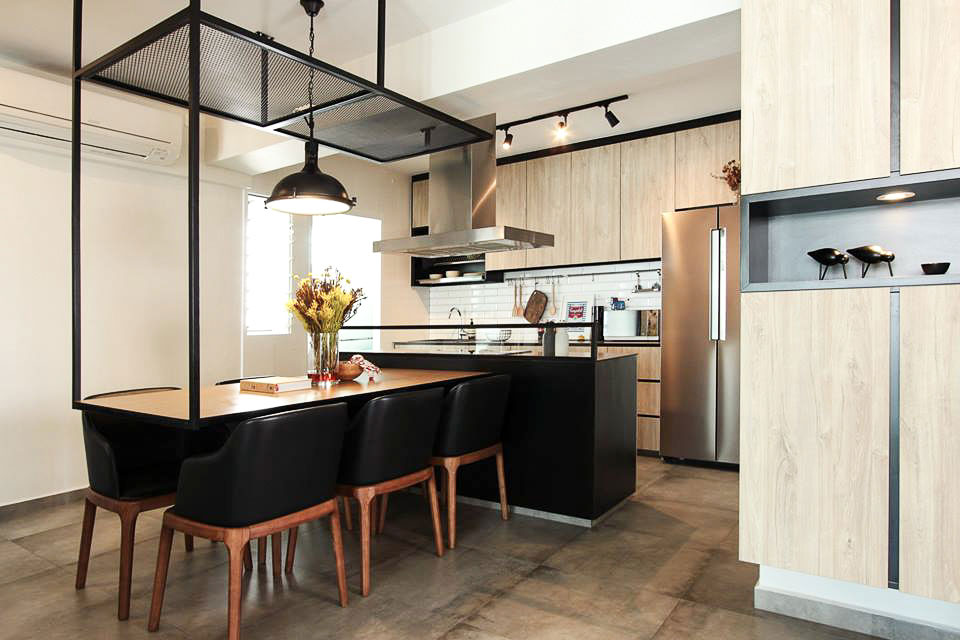





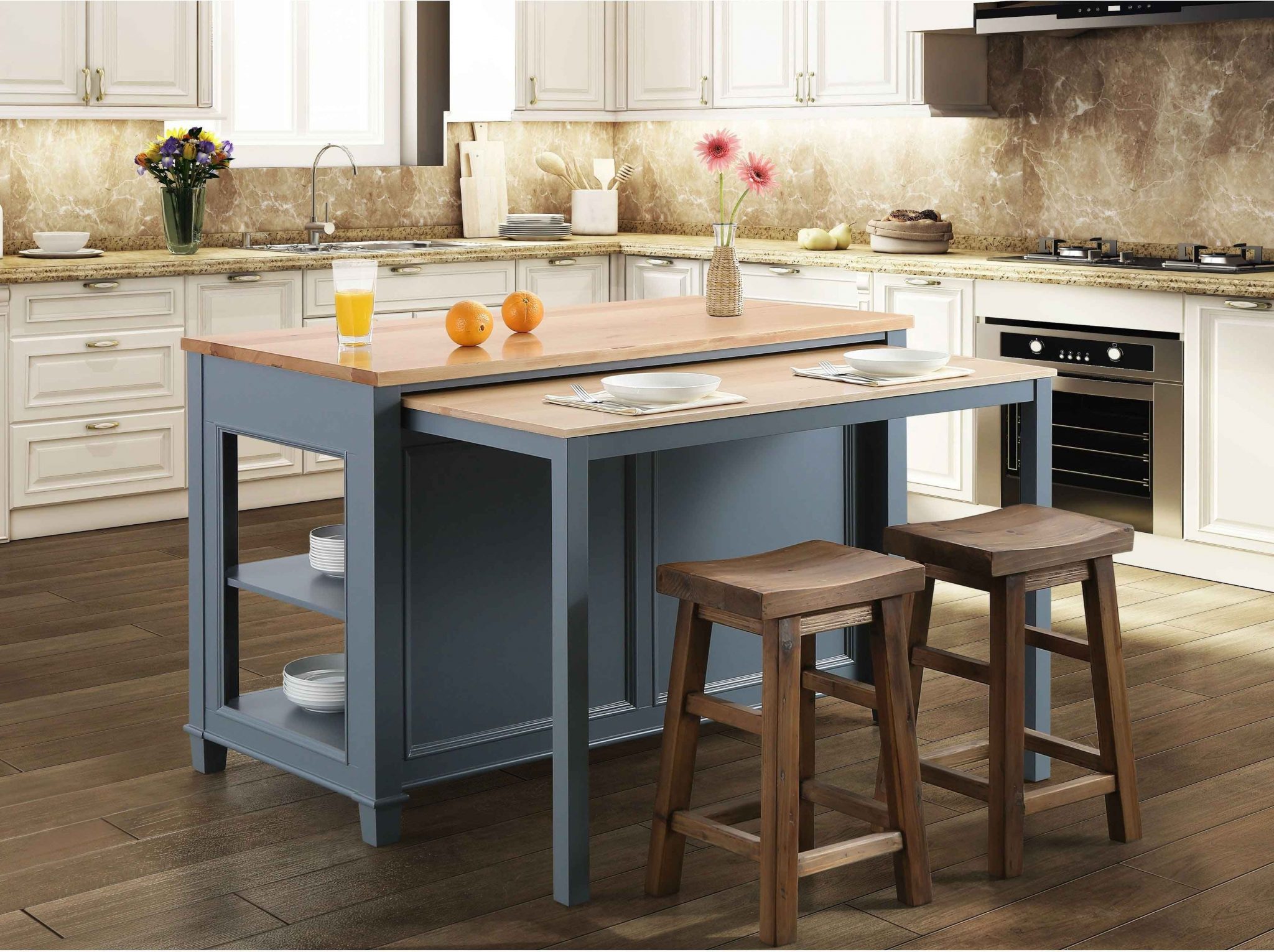
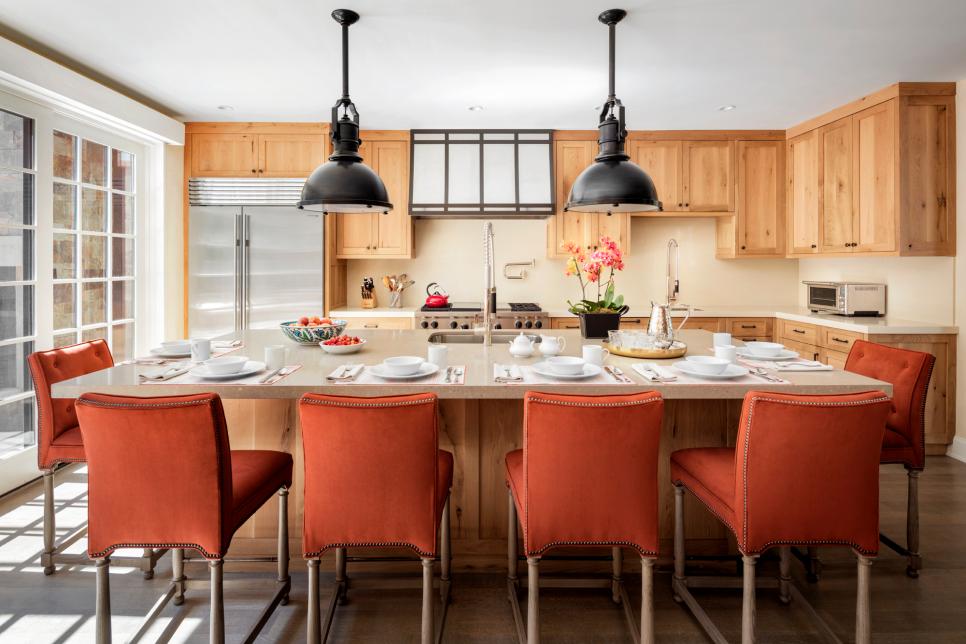

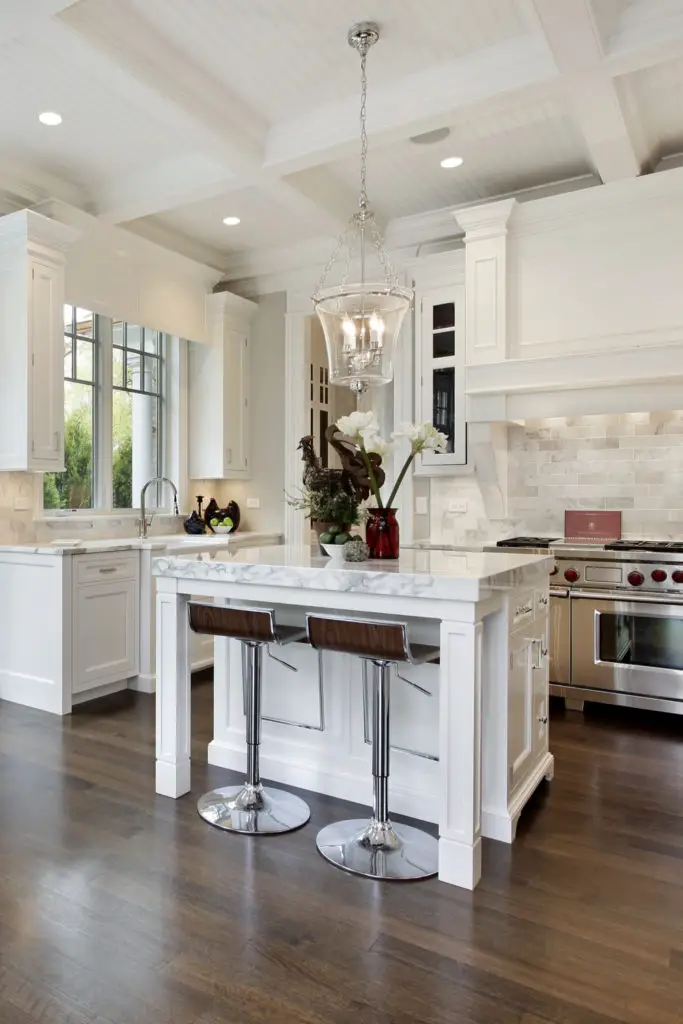
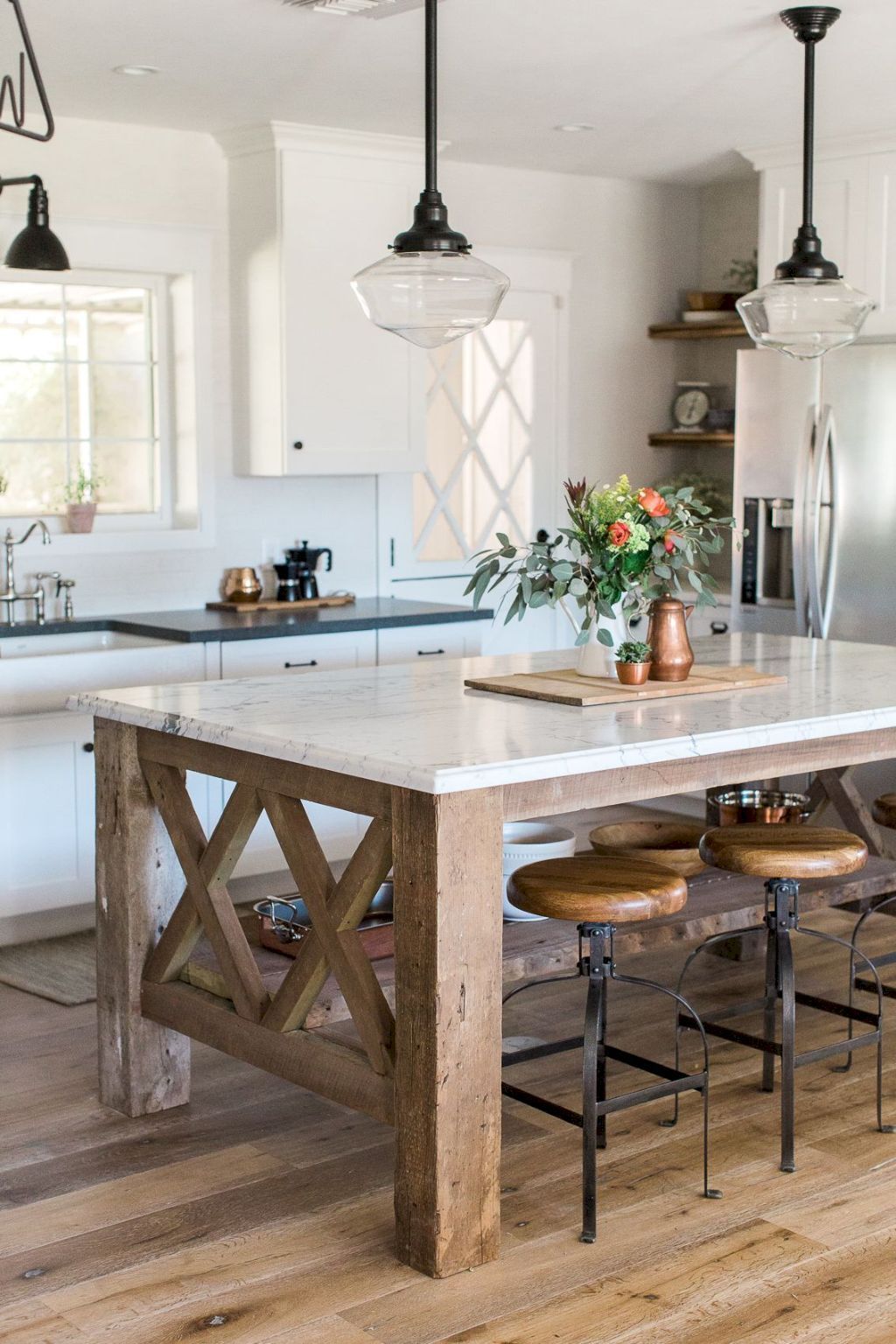
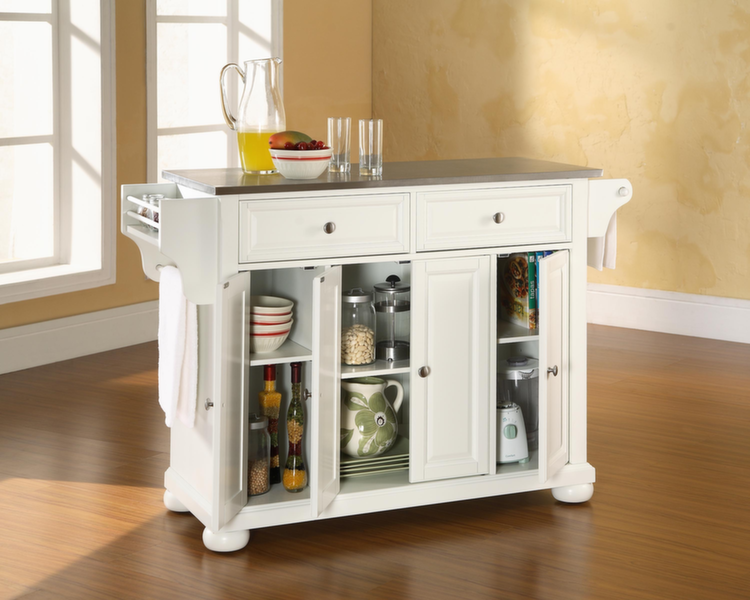
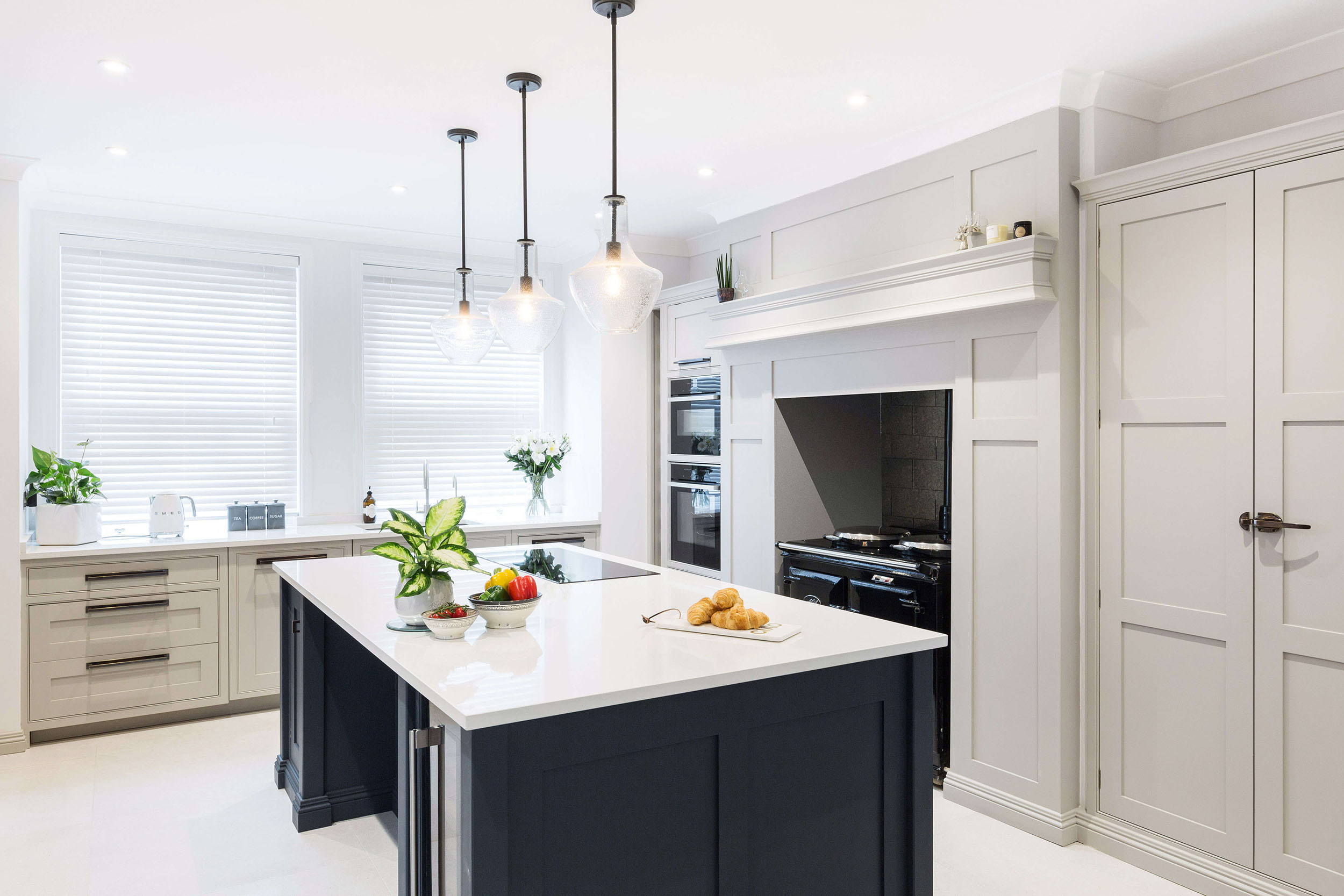
/cdn.vox-cdn.com/uploads/chorus_image/image/65889507/0120_Westerly_Reveal_6C_Kitchen_Alt_Angles_Lights_on_15.14.jpg)
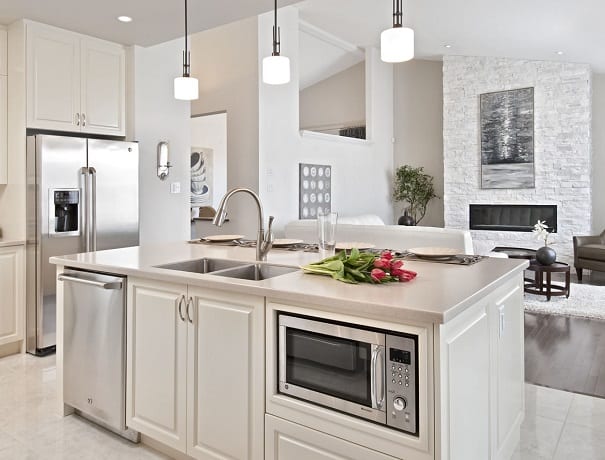

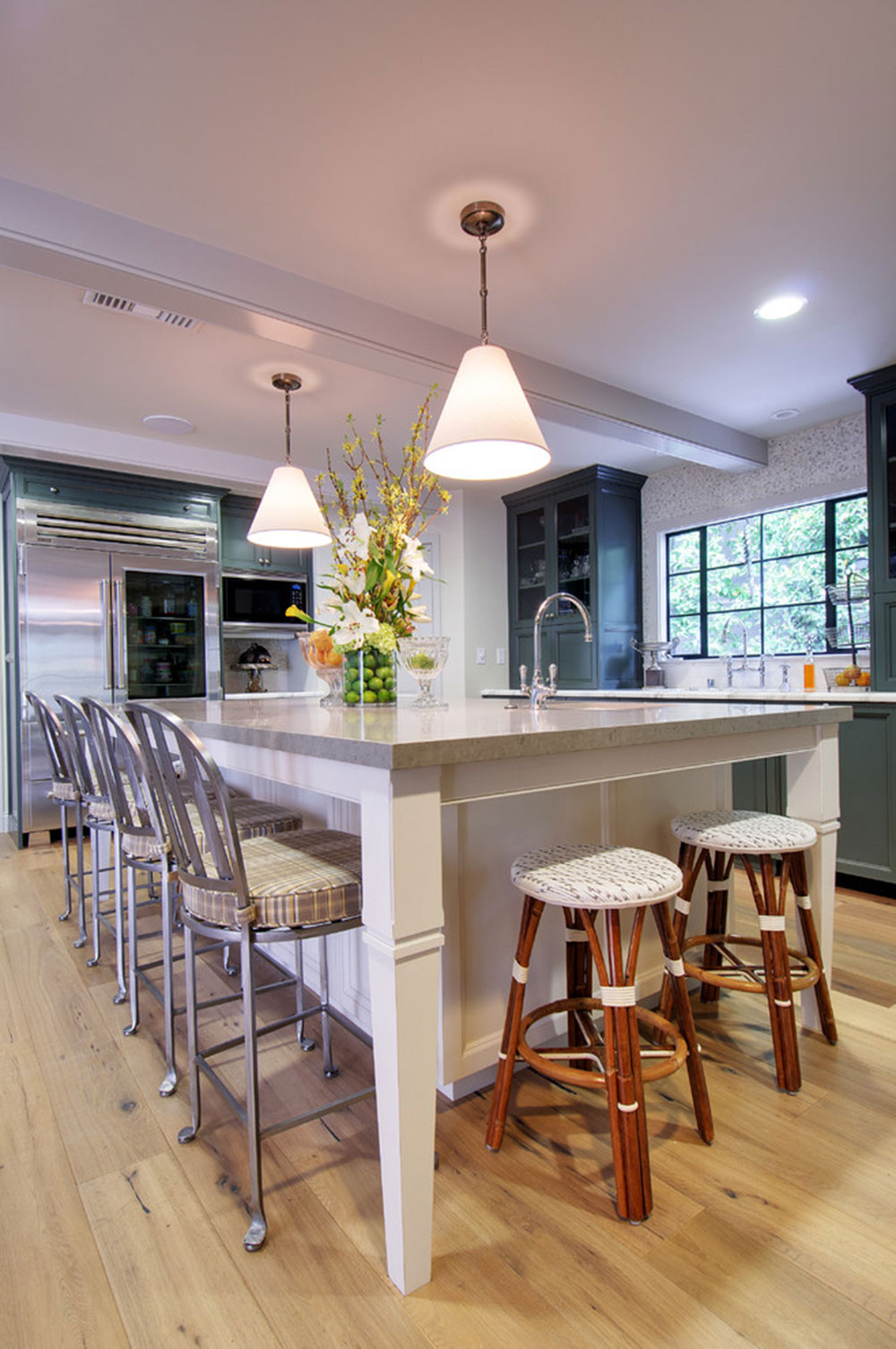



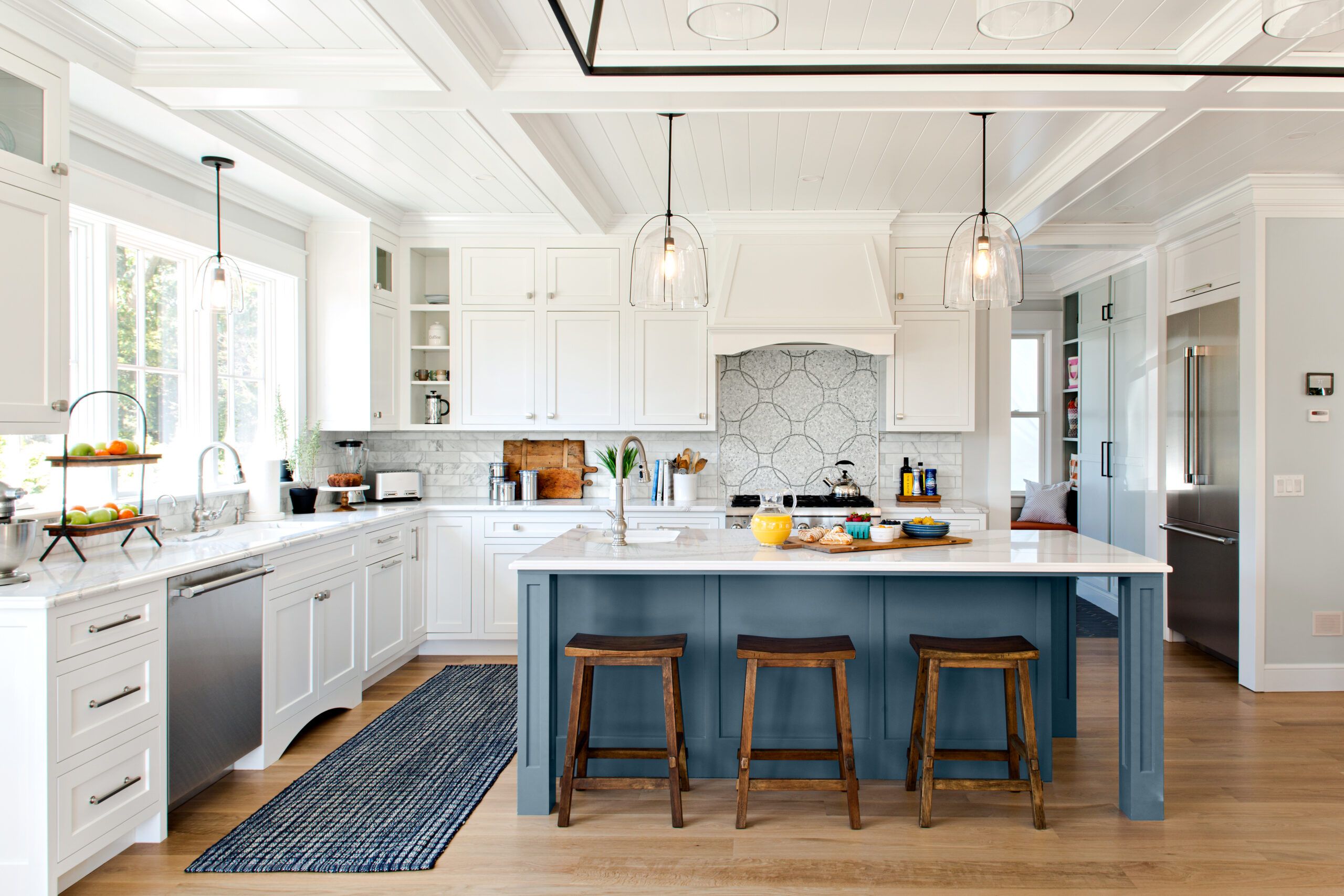
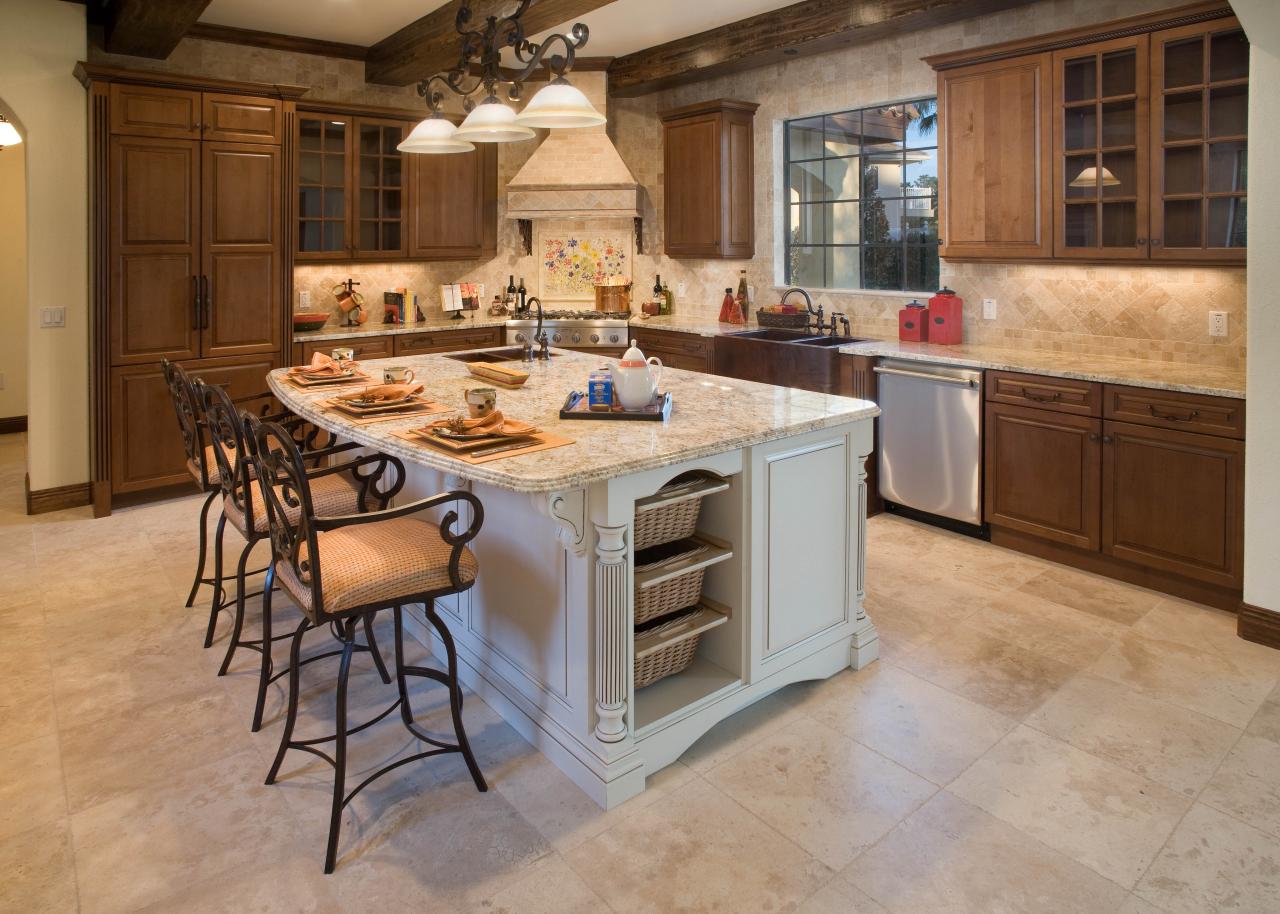
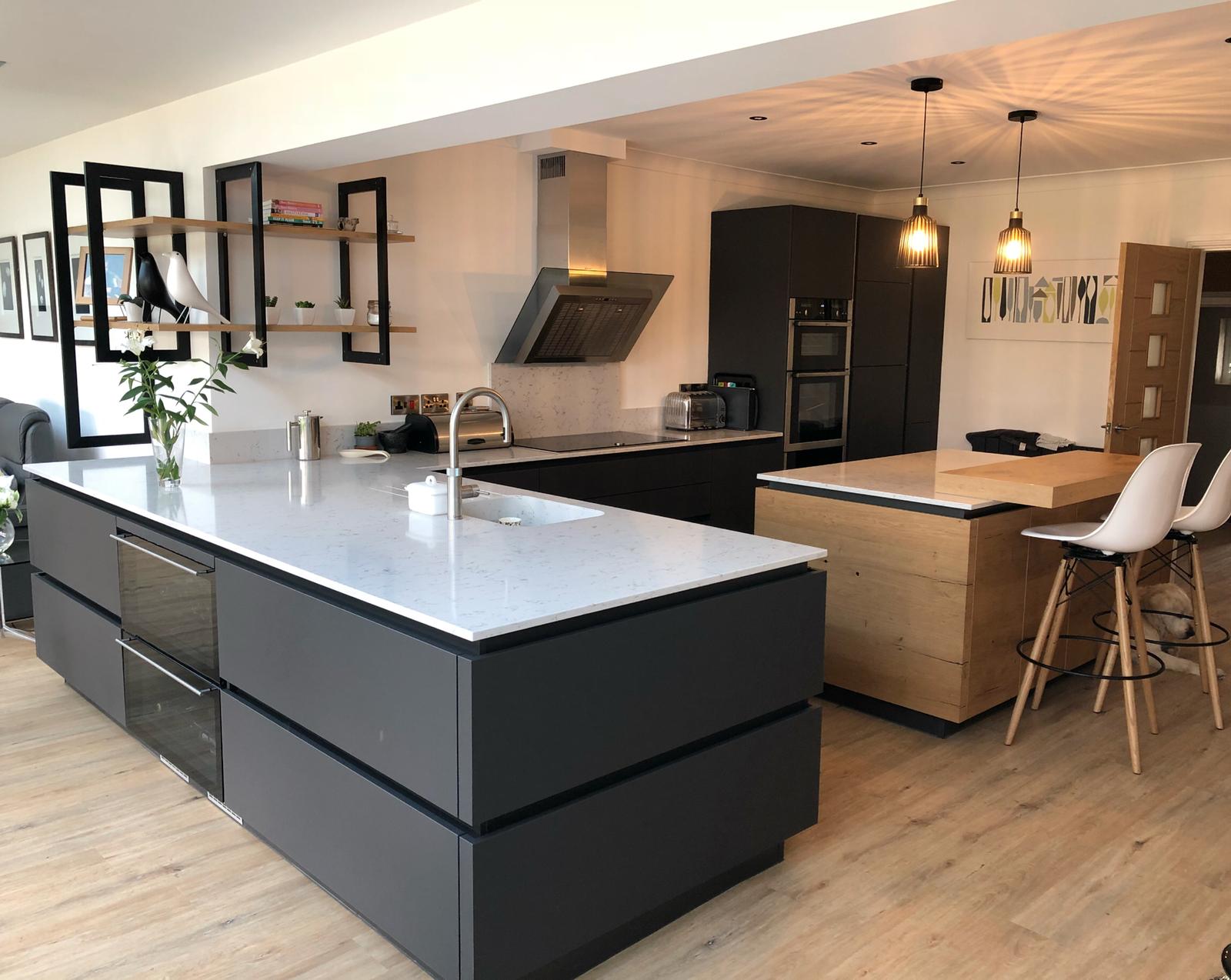
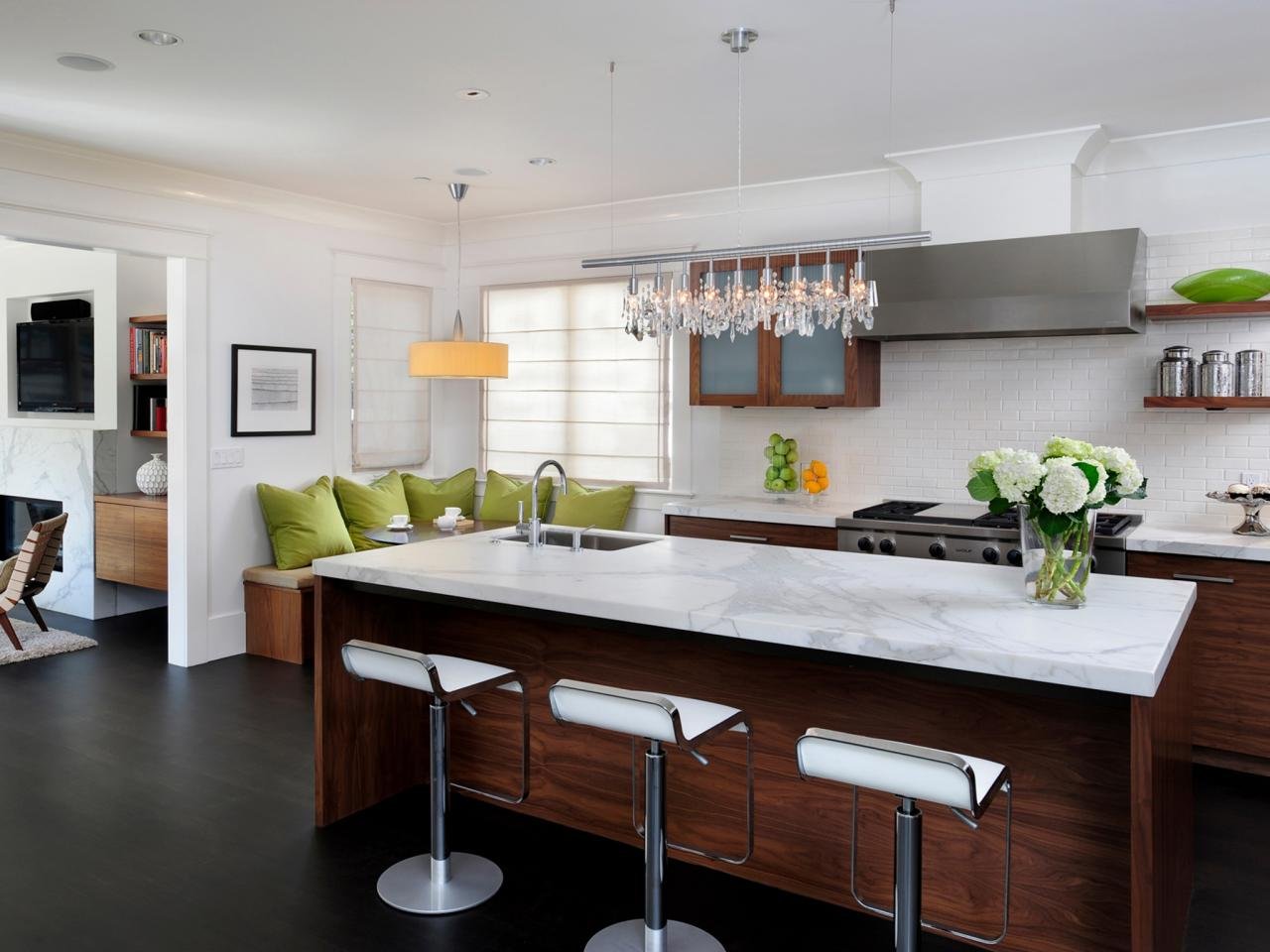
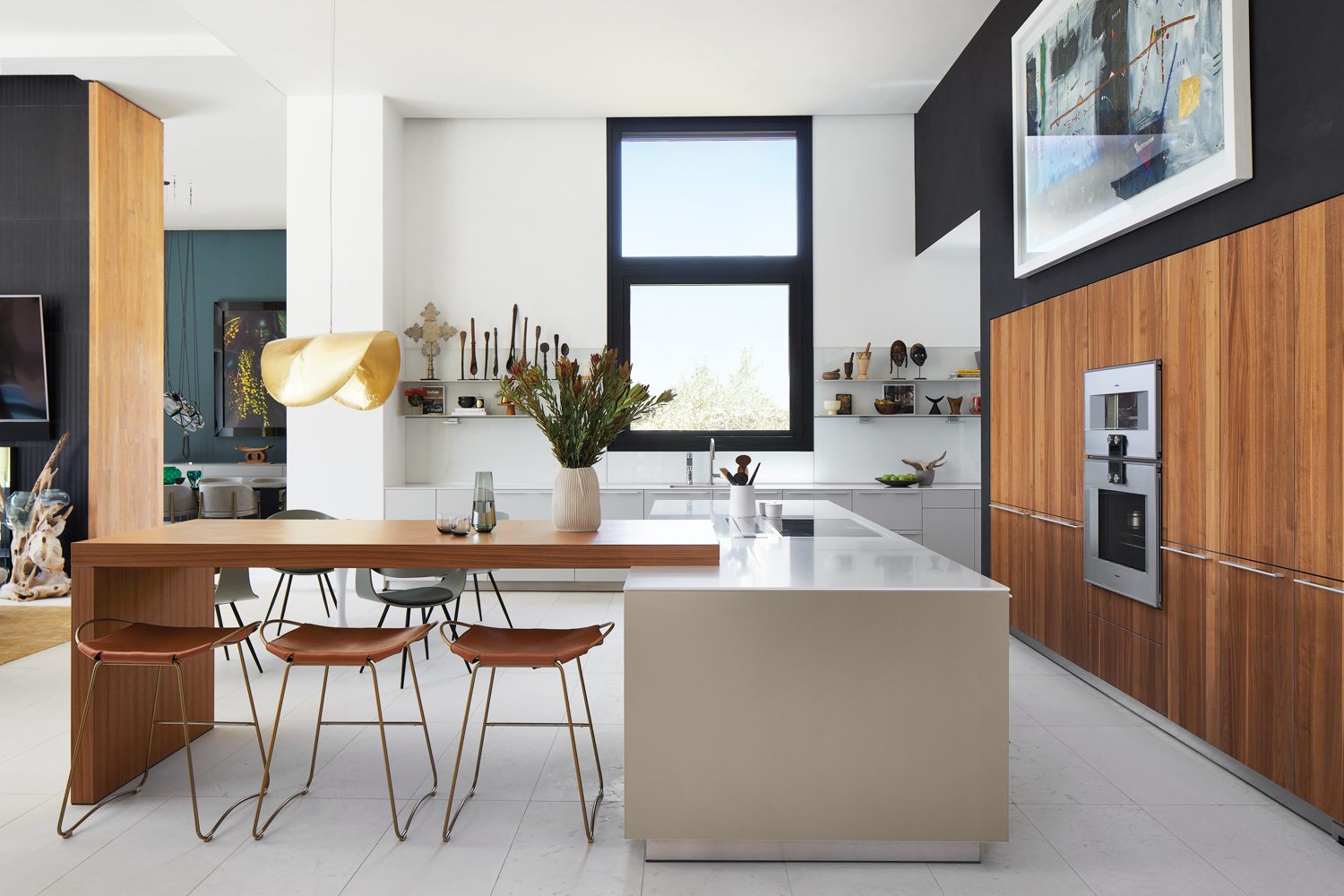
:max_bytes(150000):strip_icc()/RED_NOMAD_mattress-Cover-04-ccc1c63b530f4fd7aa592f280a93f1b8.jpg)





